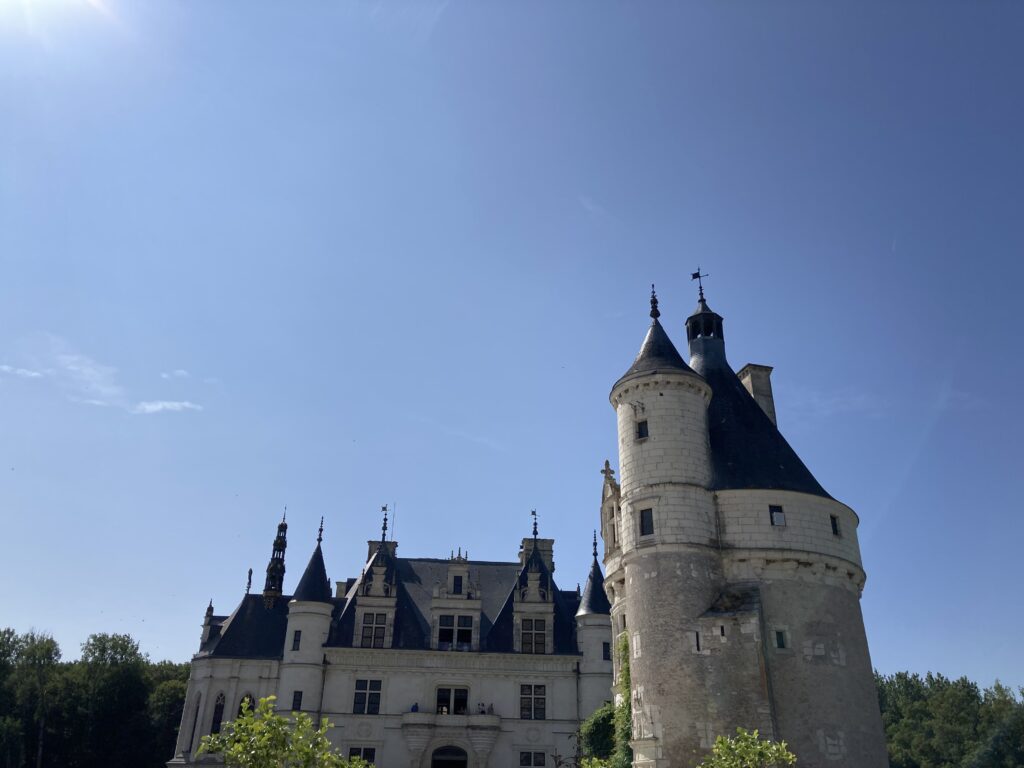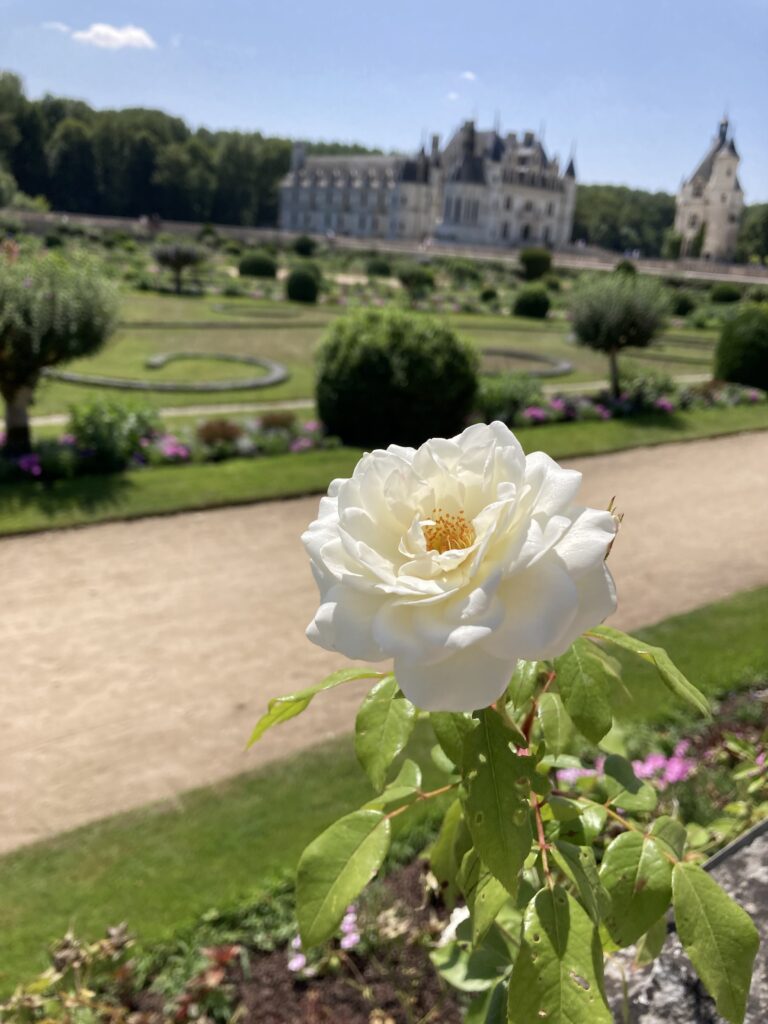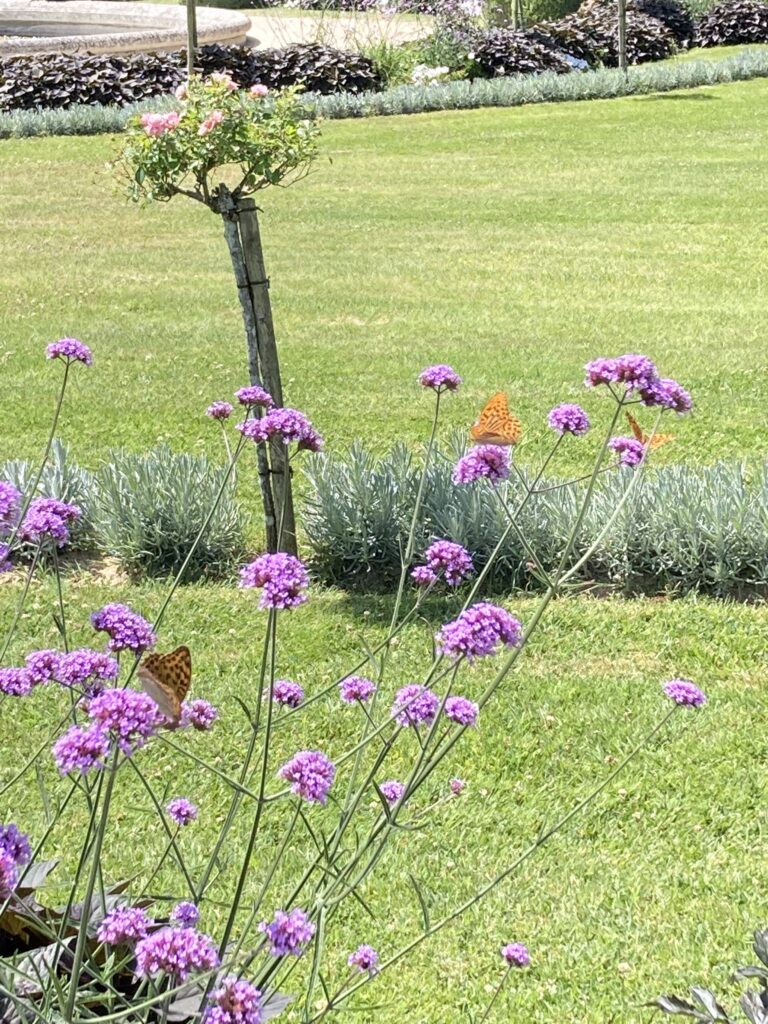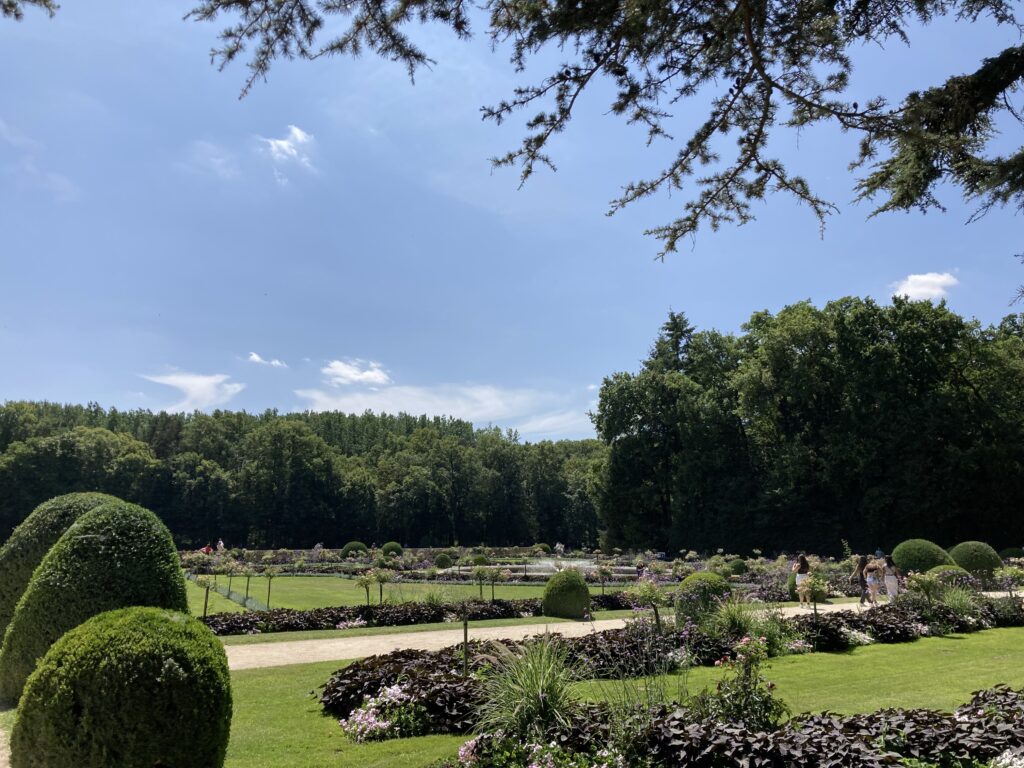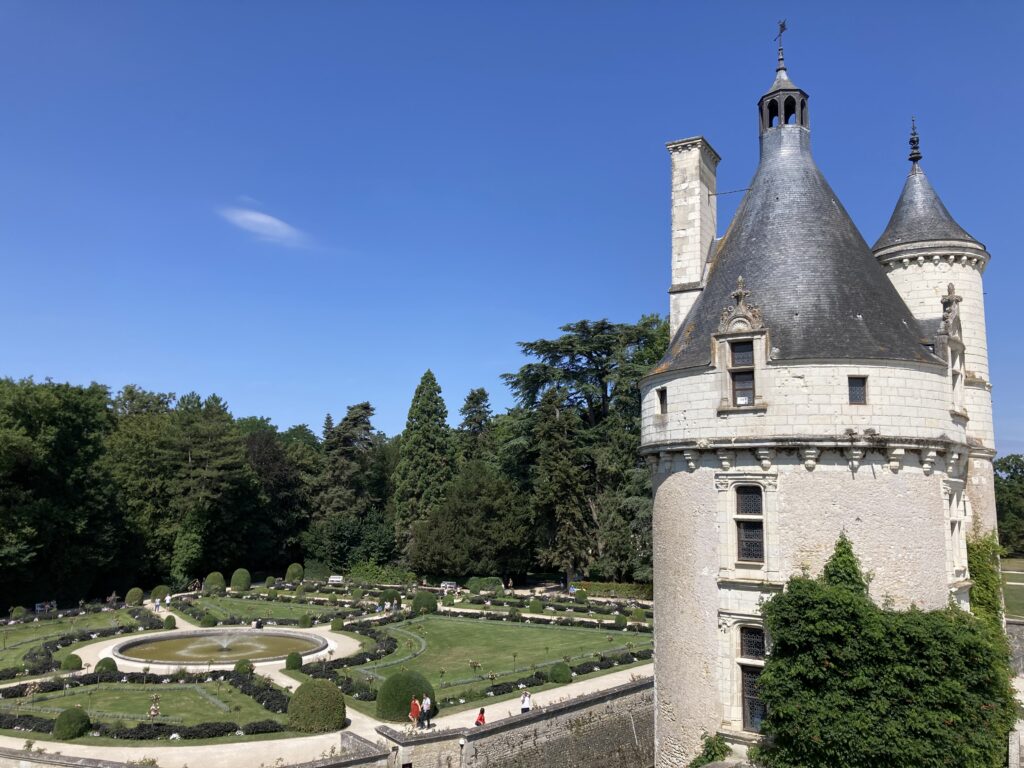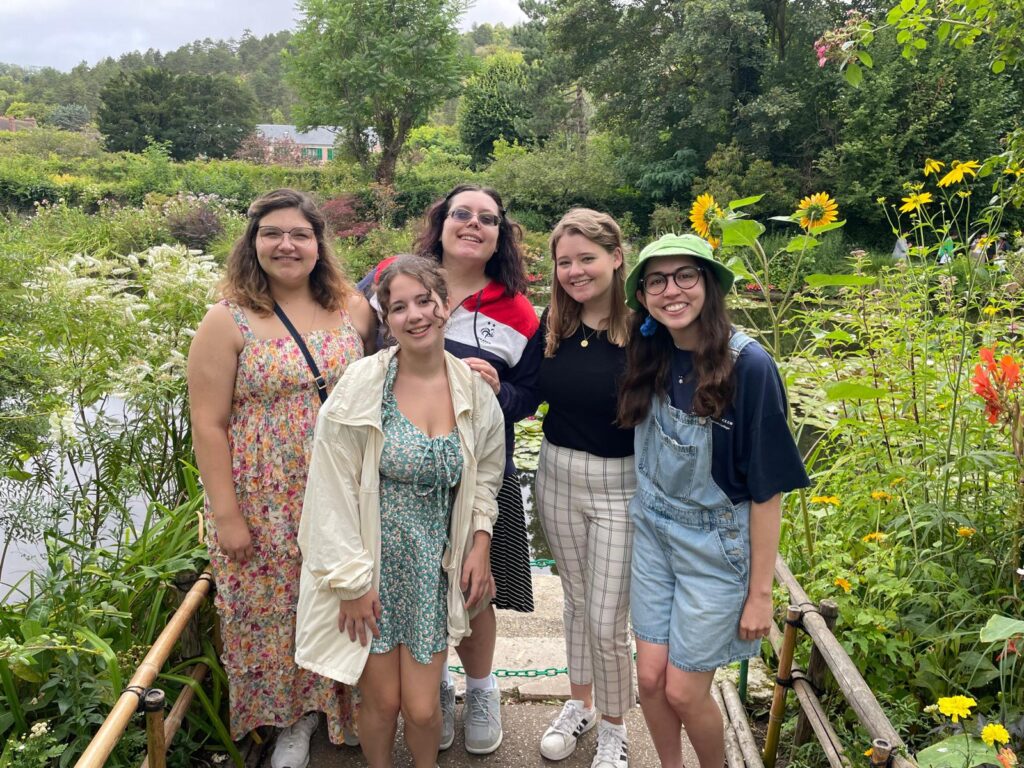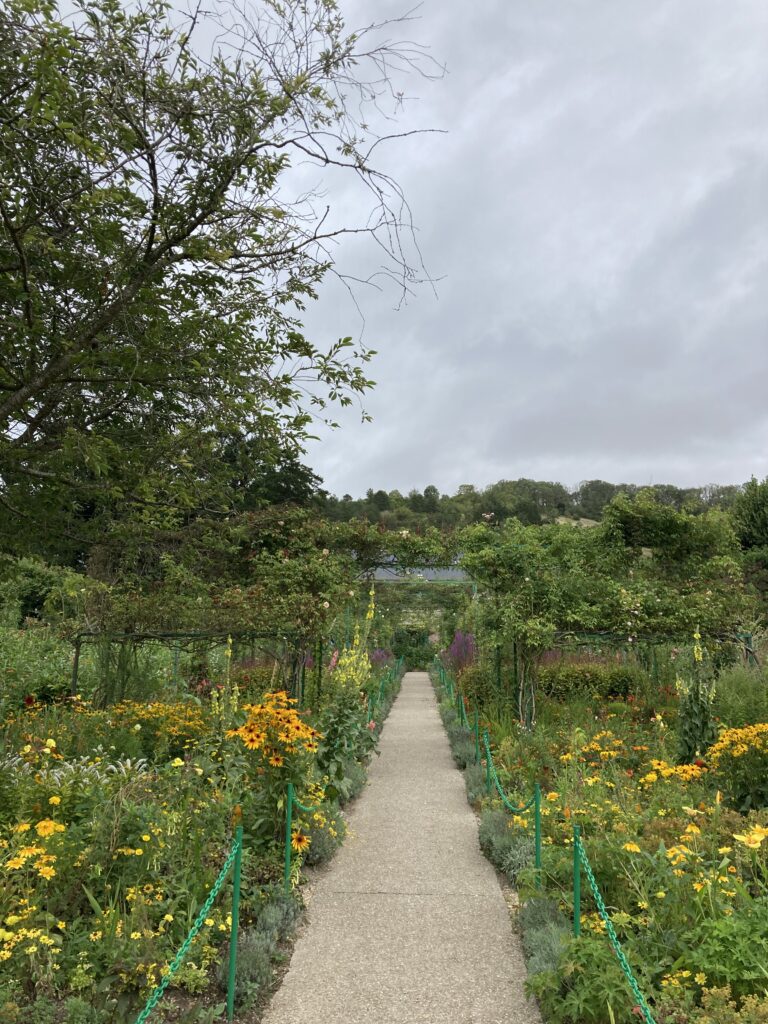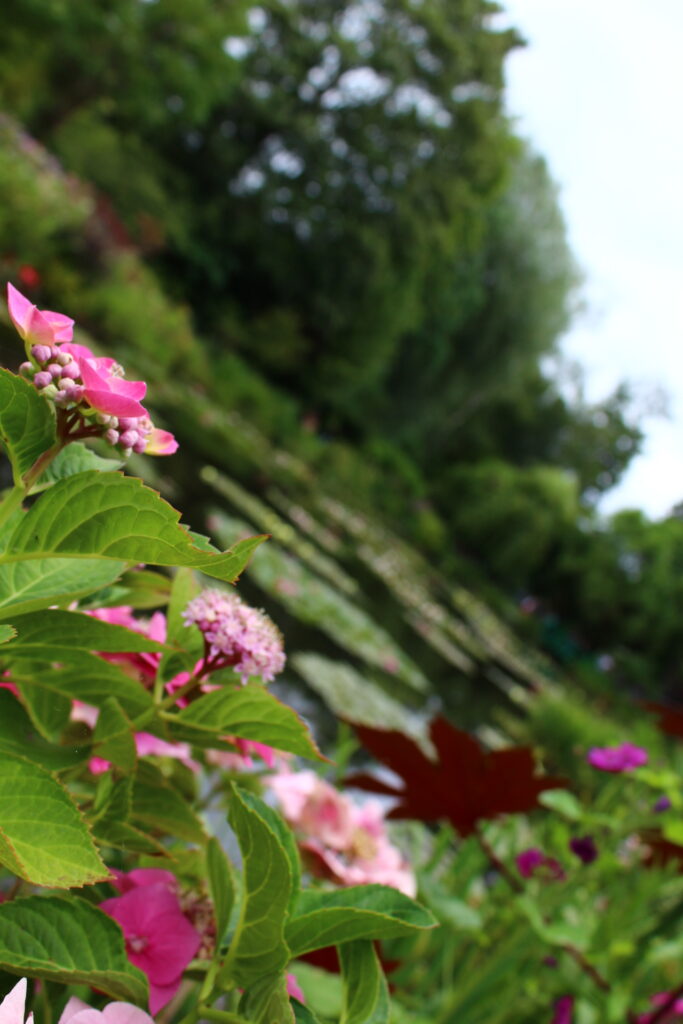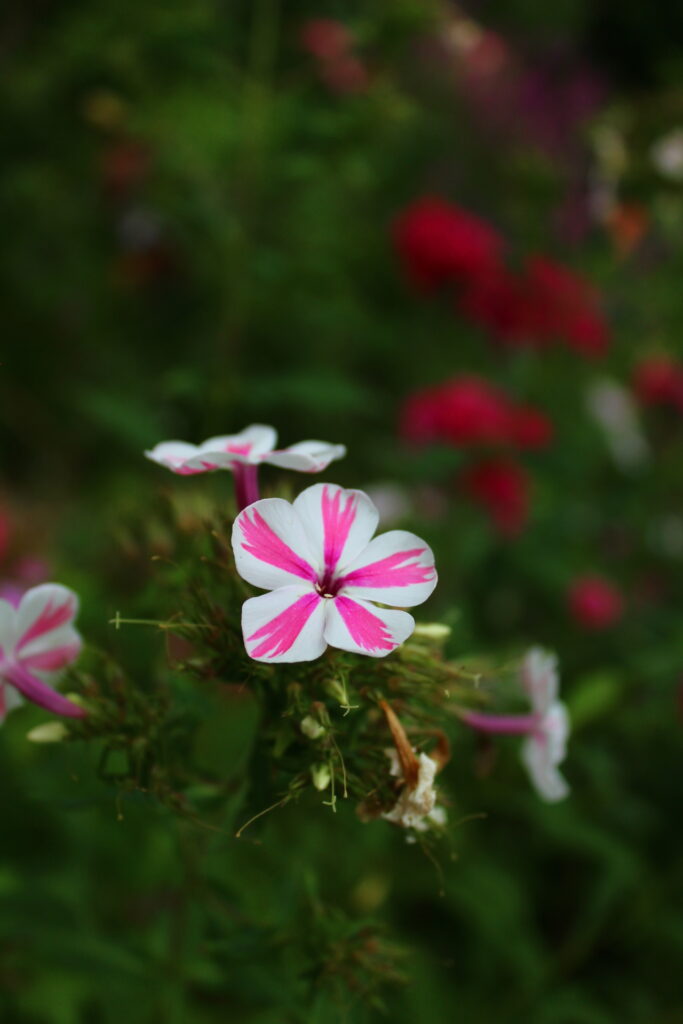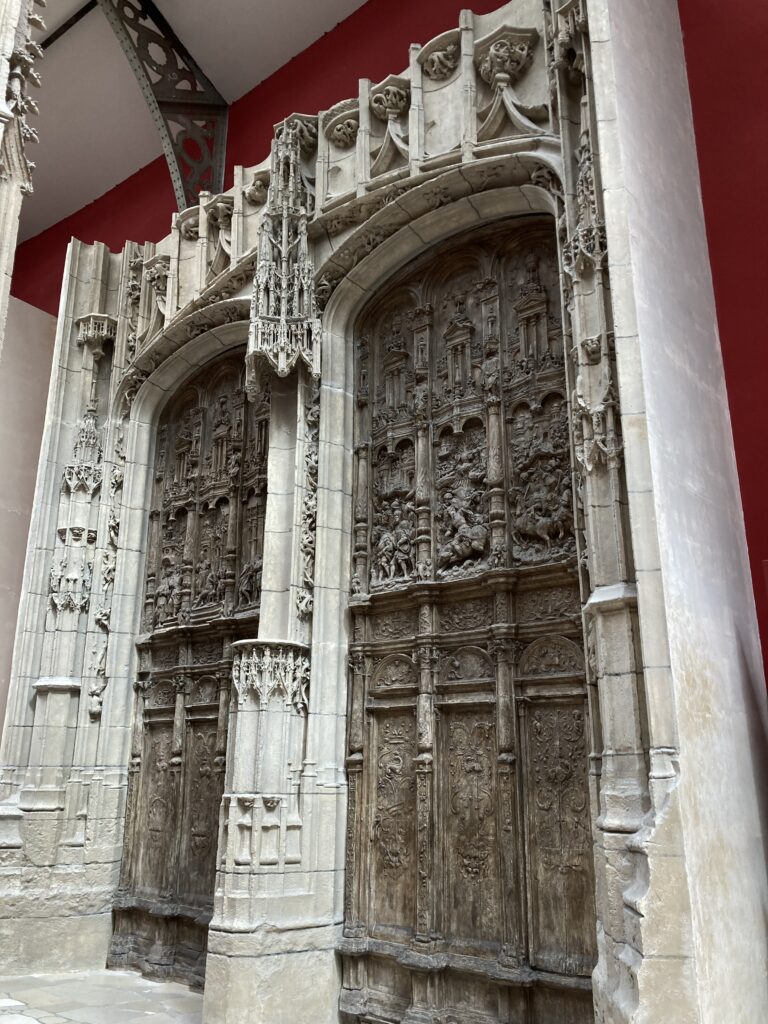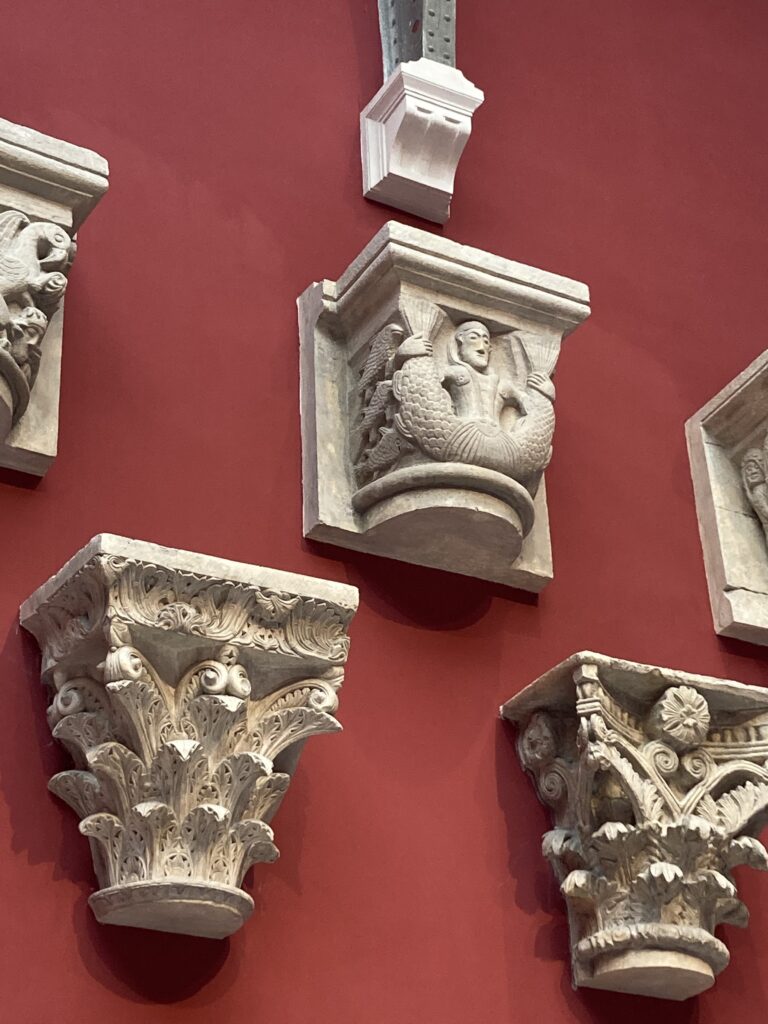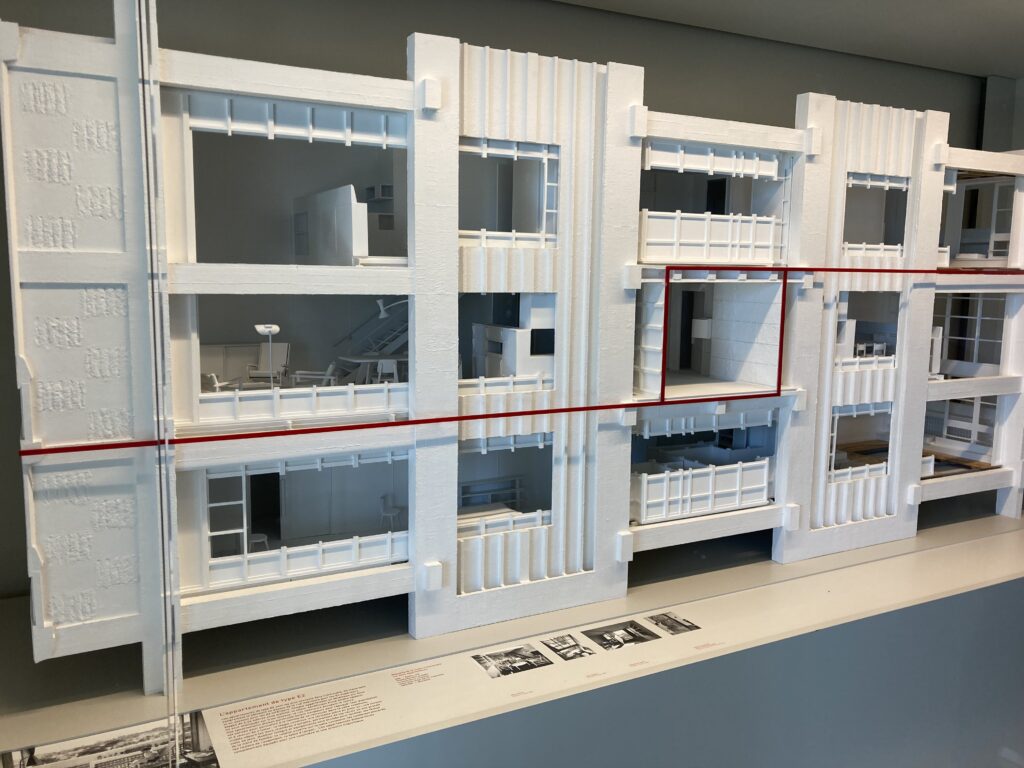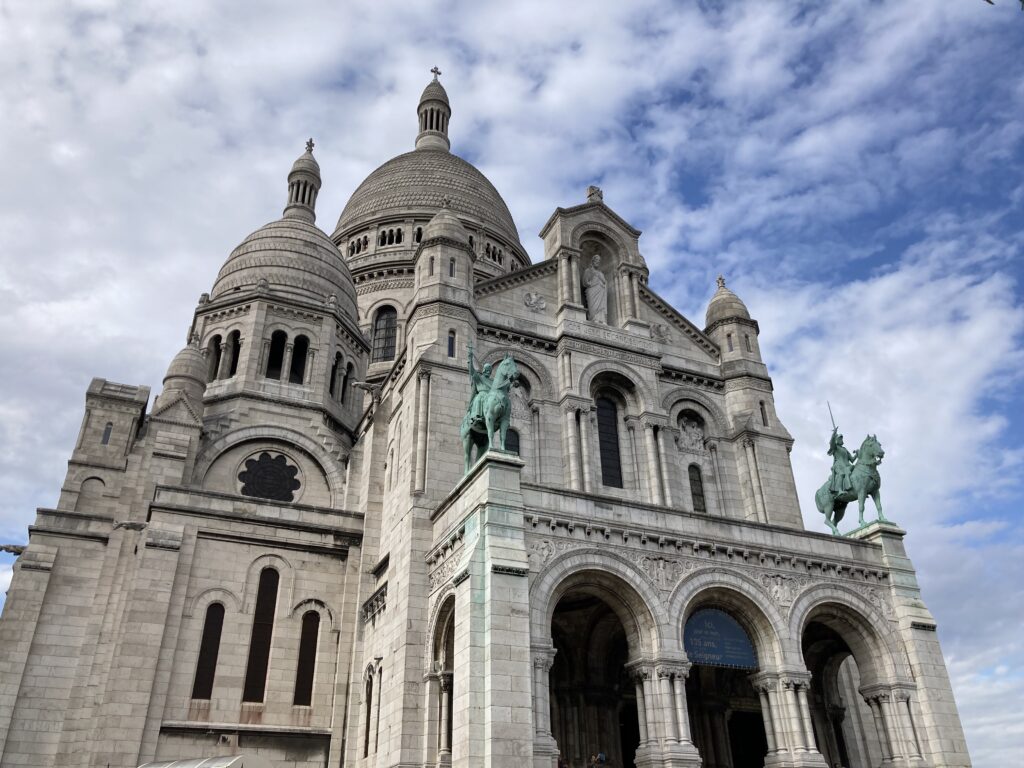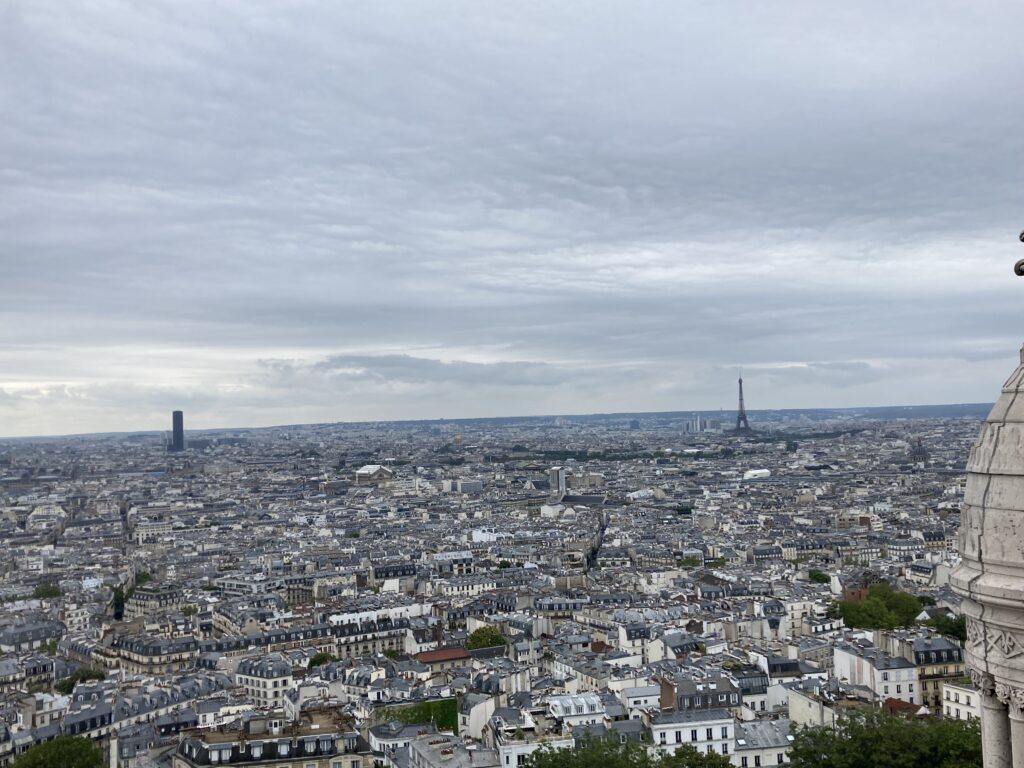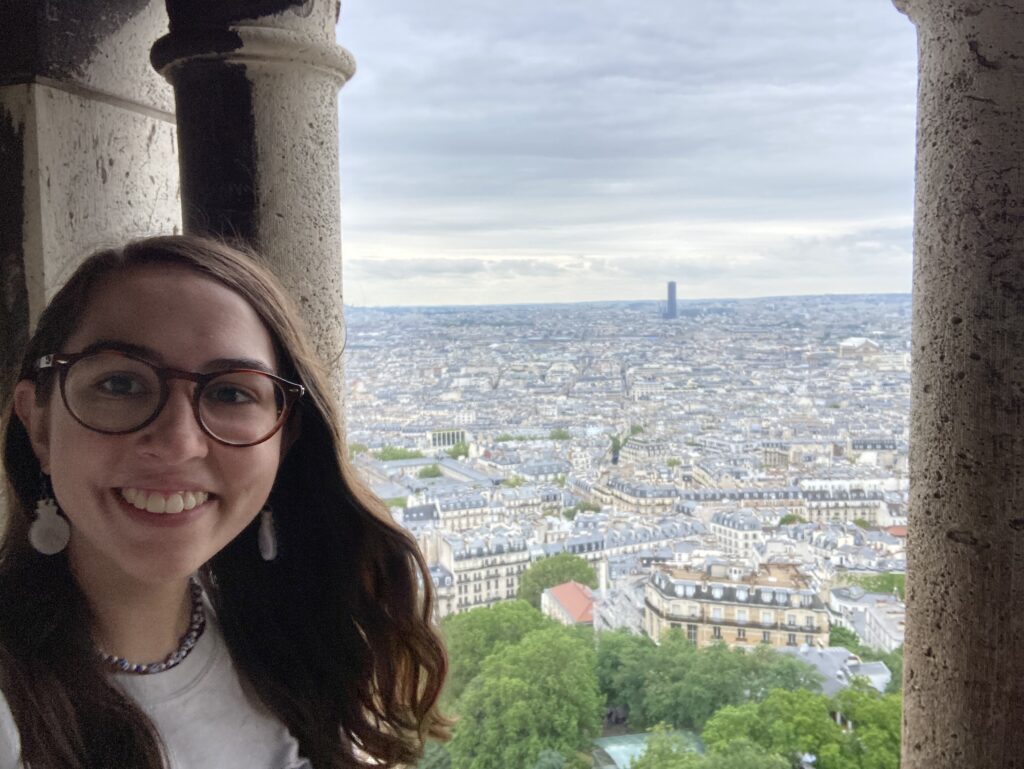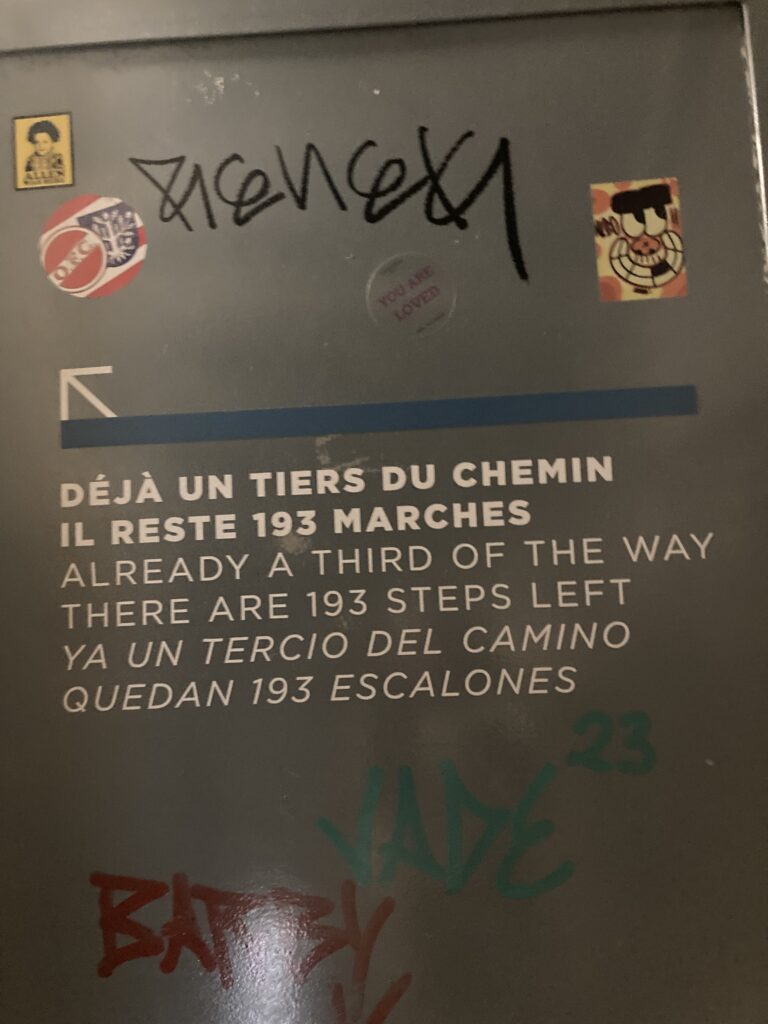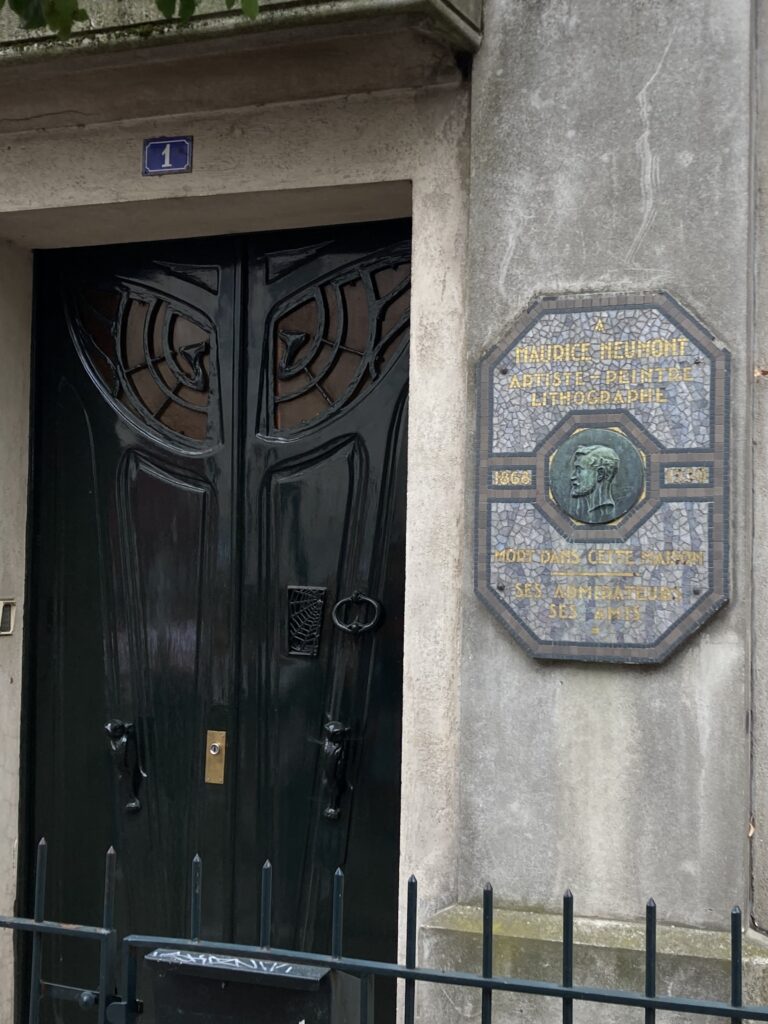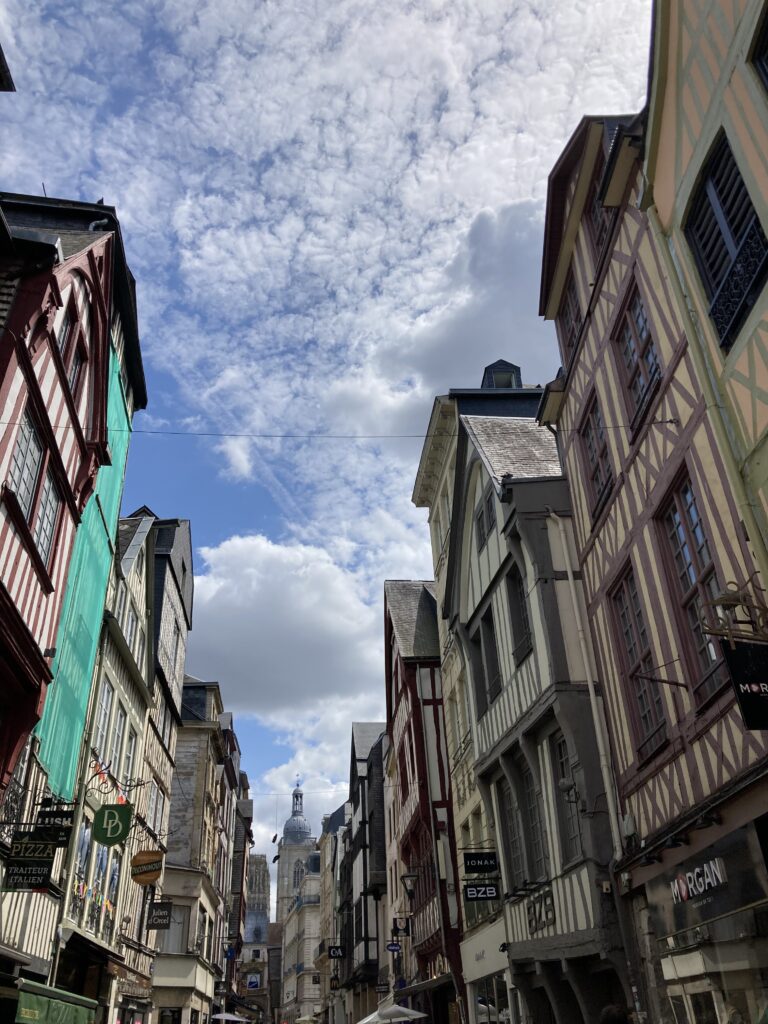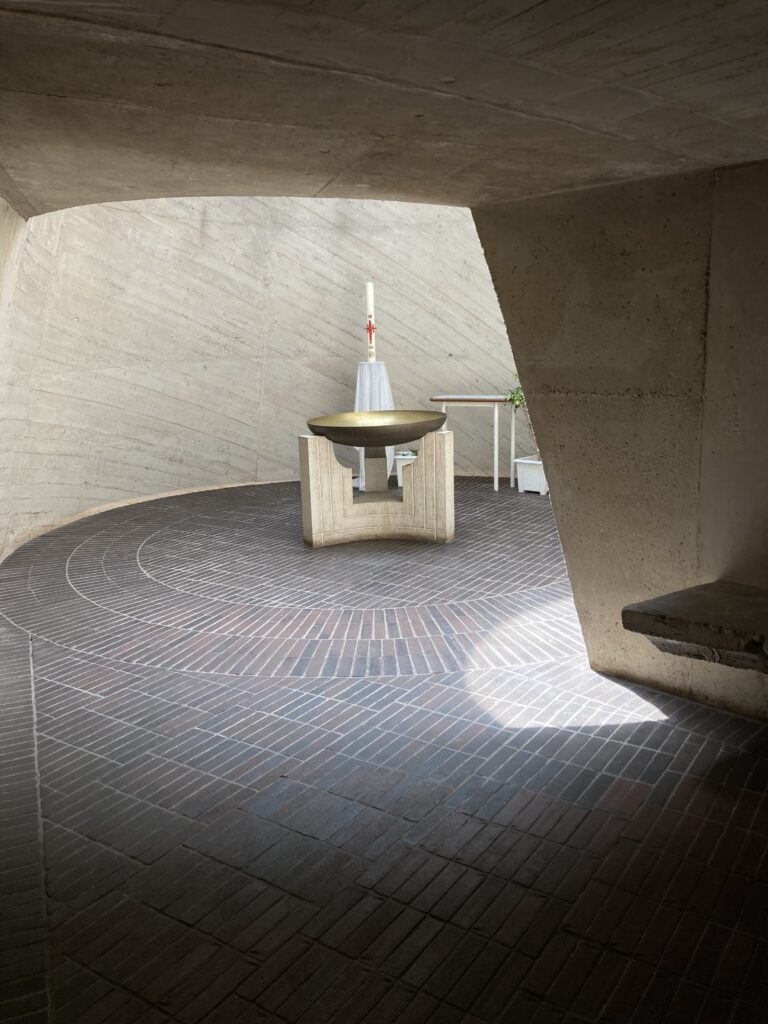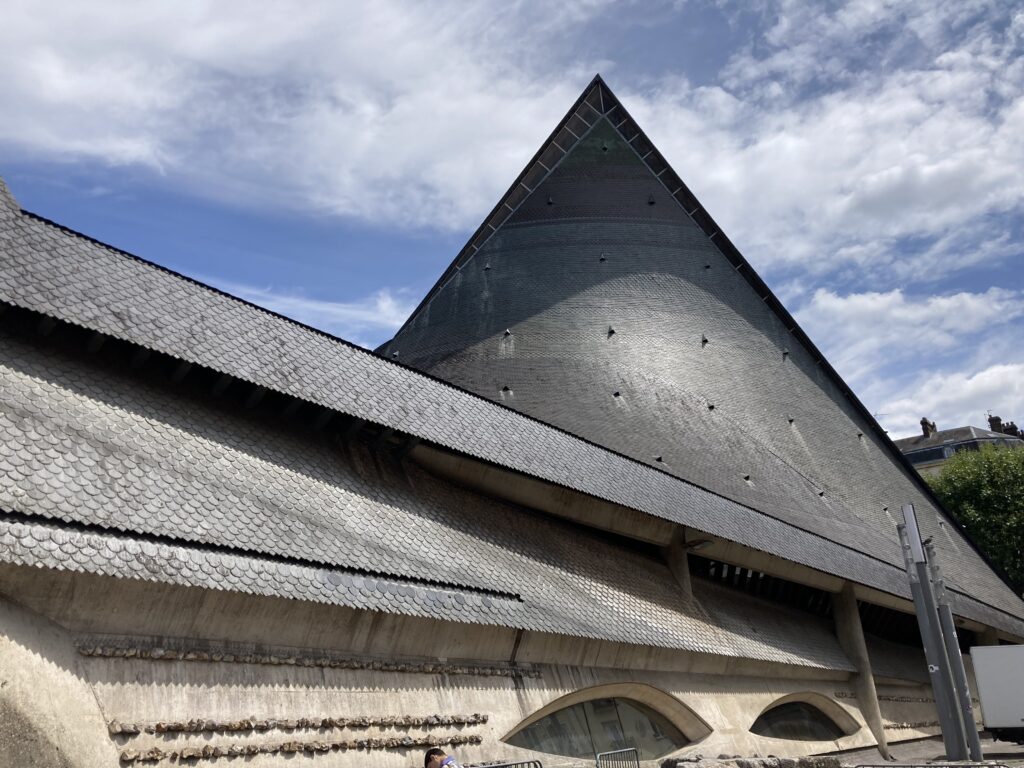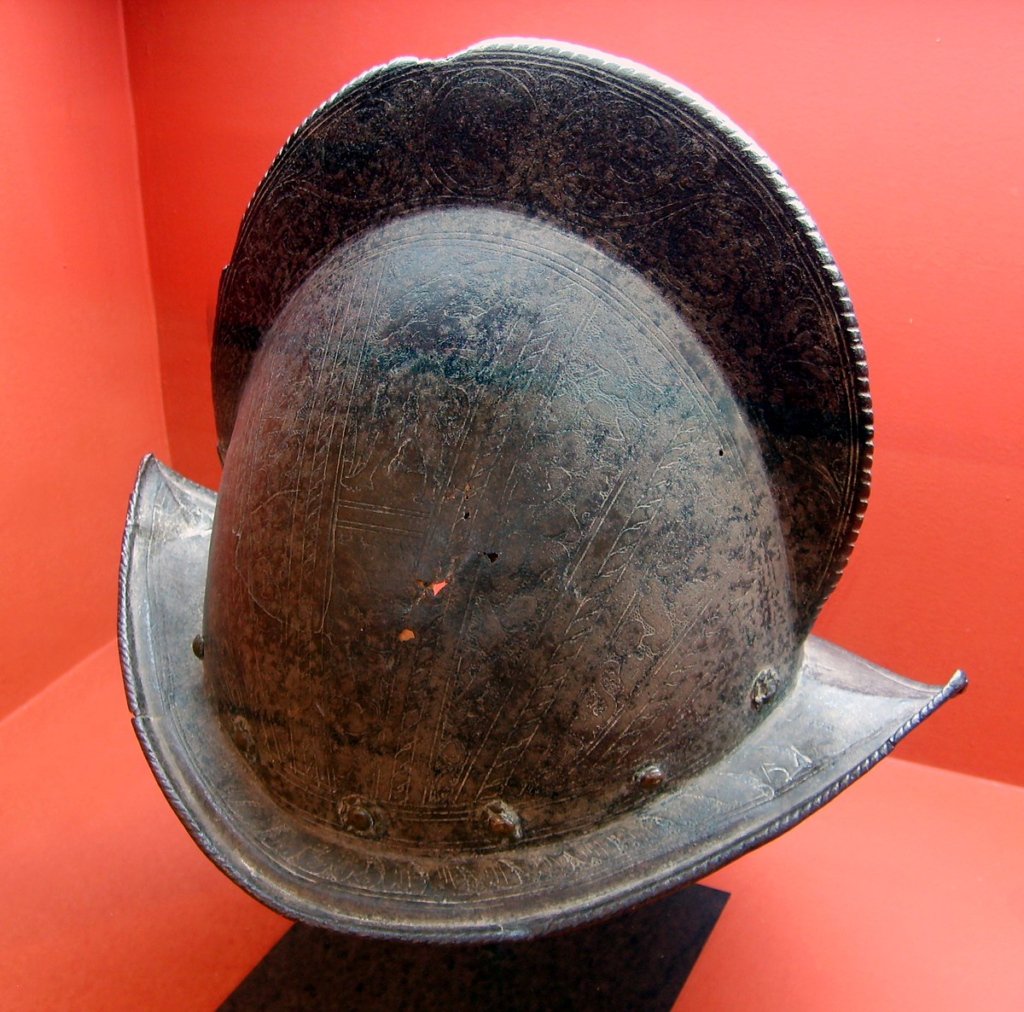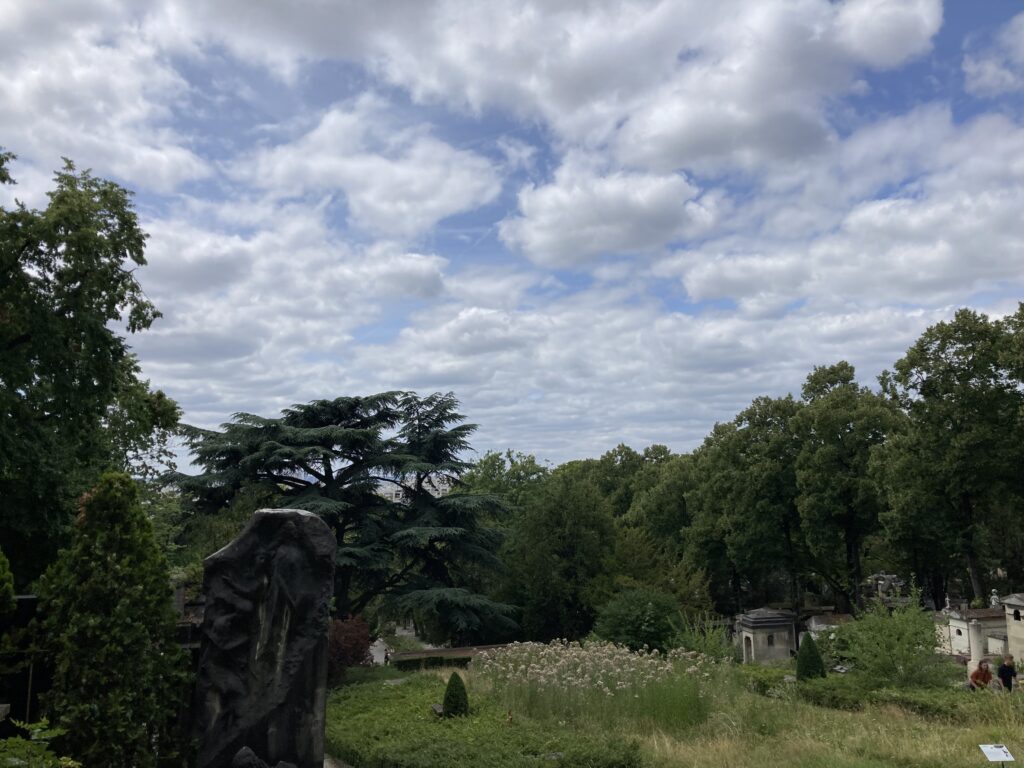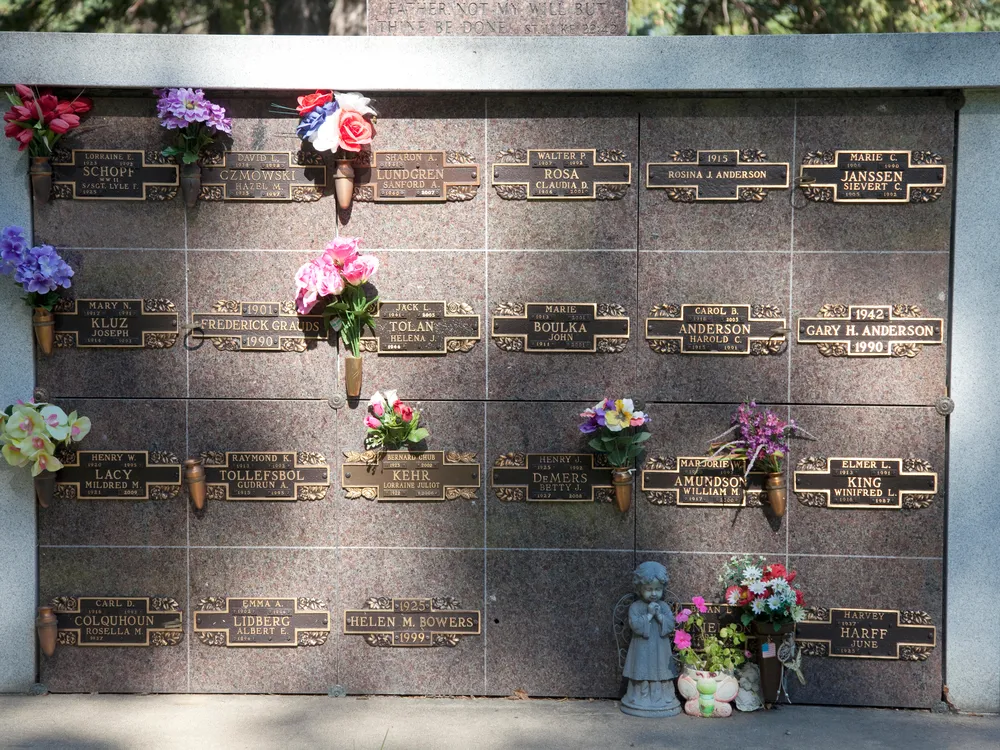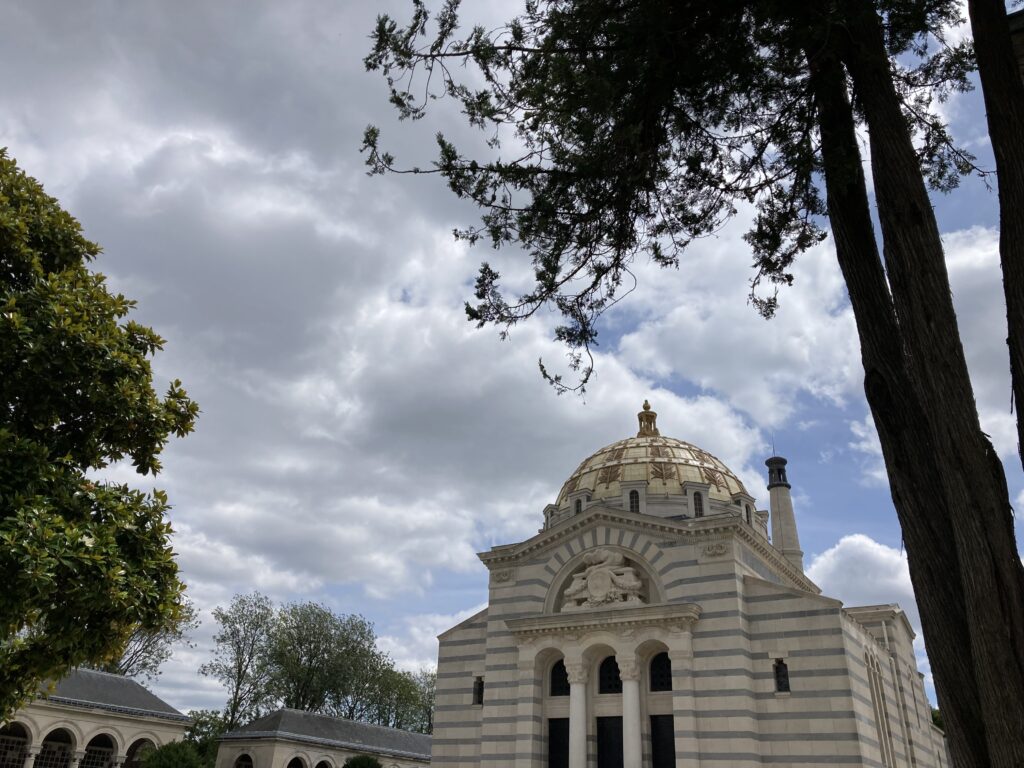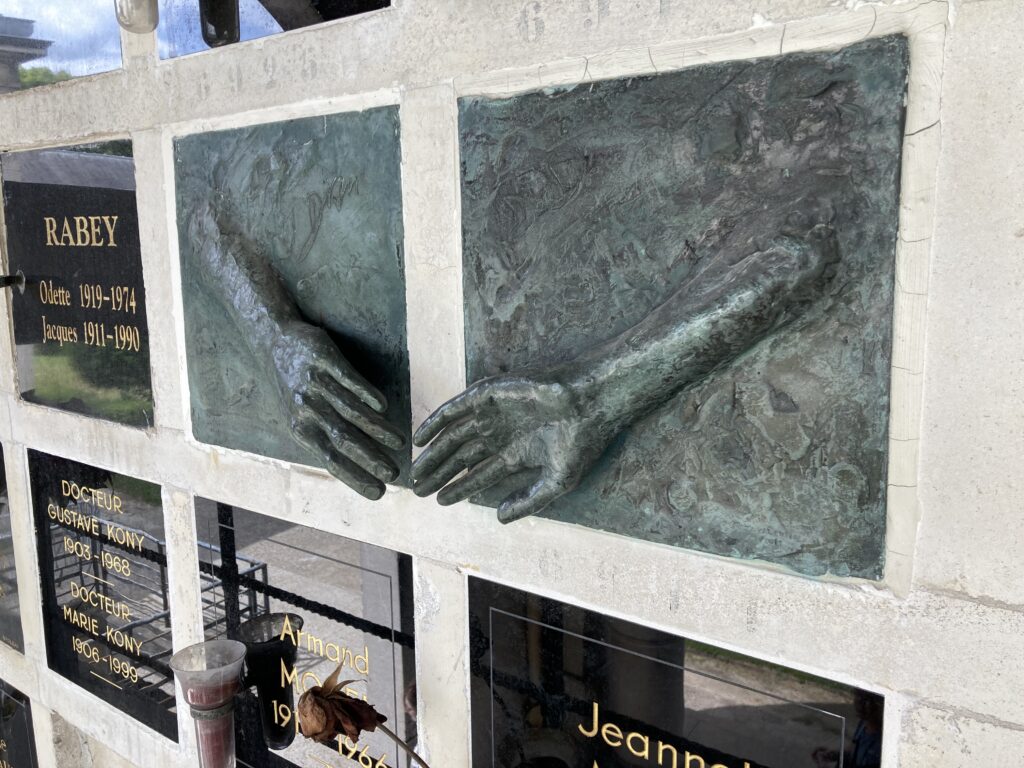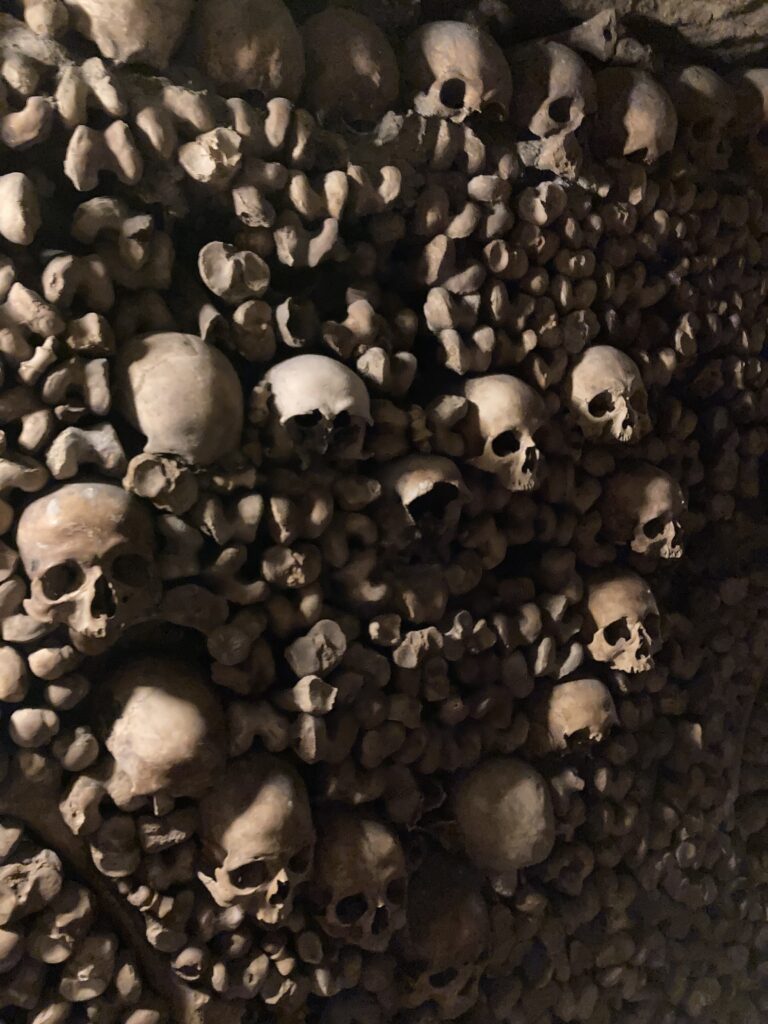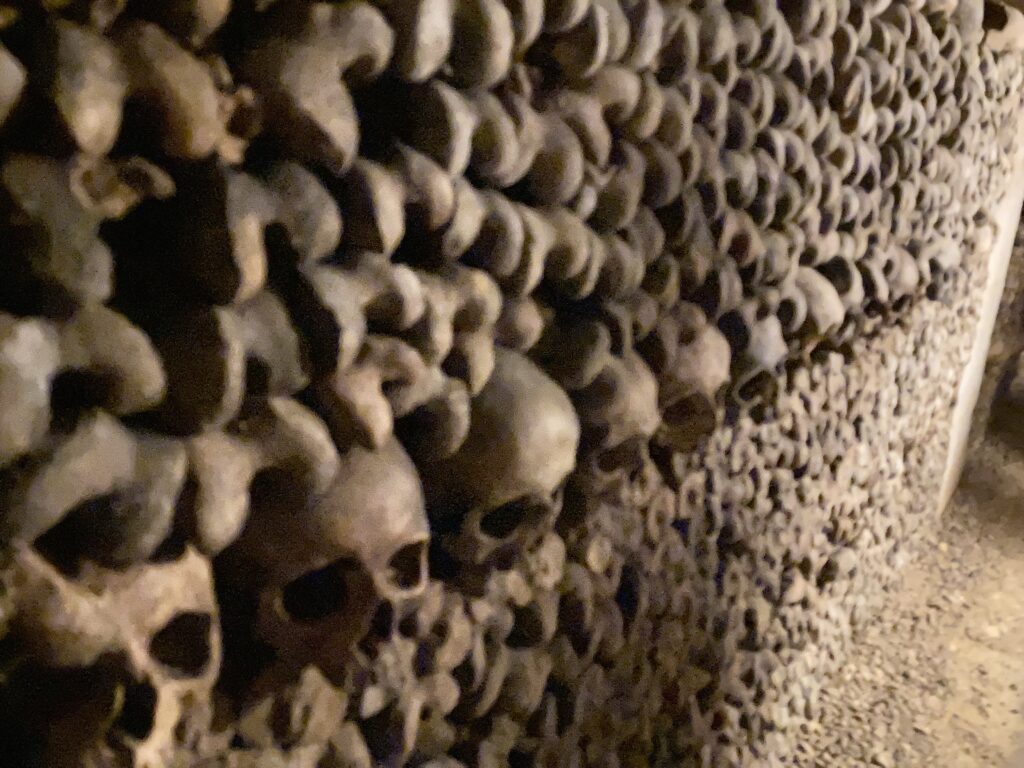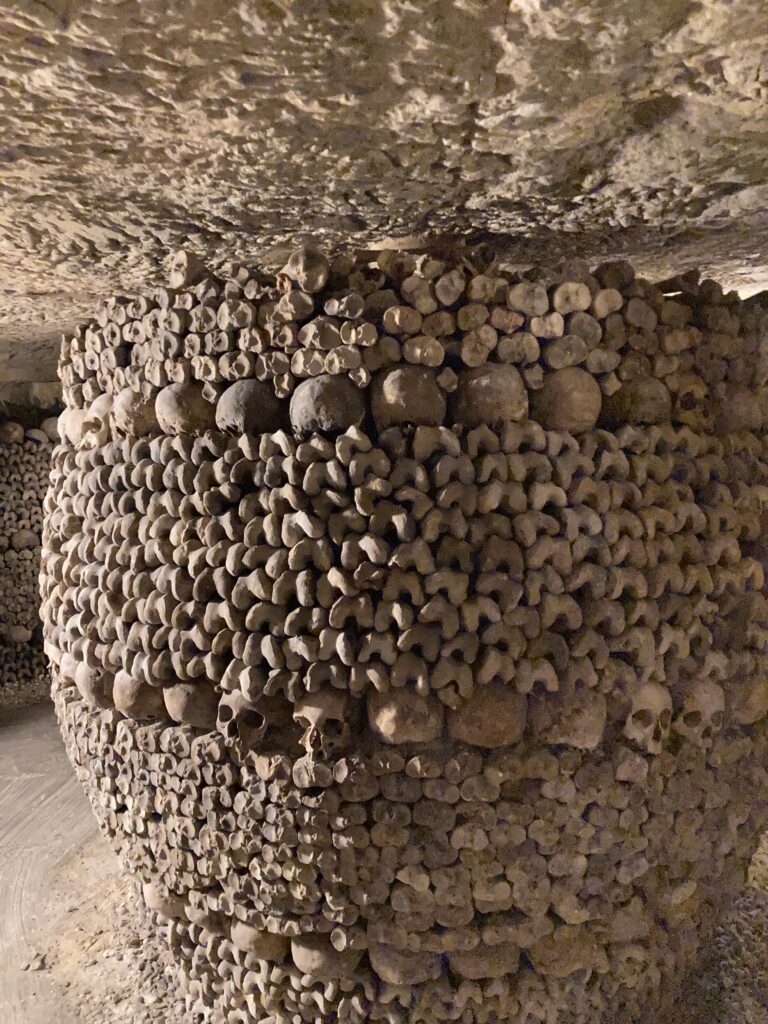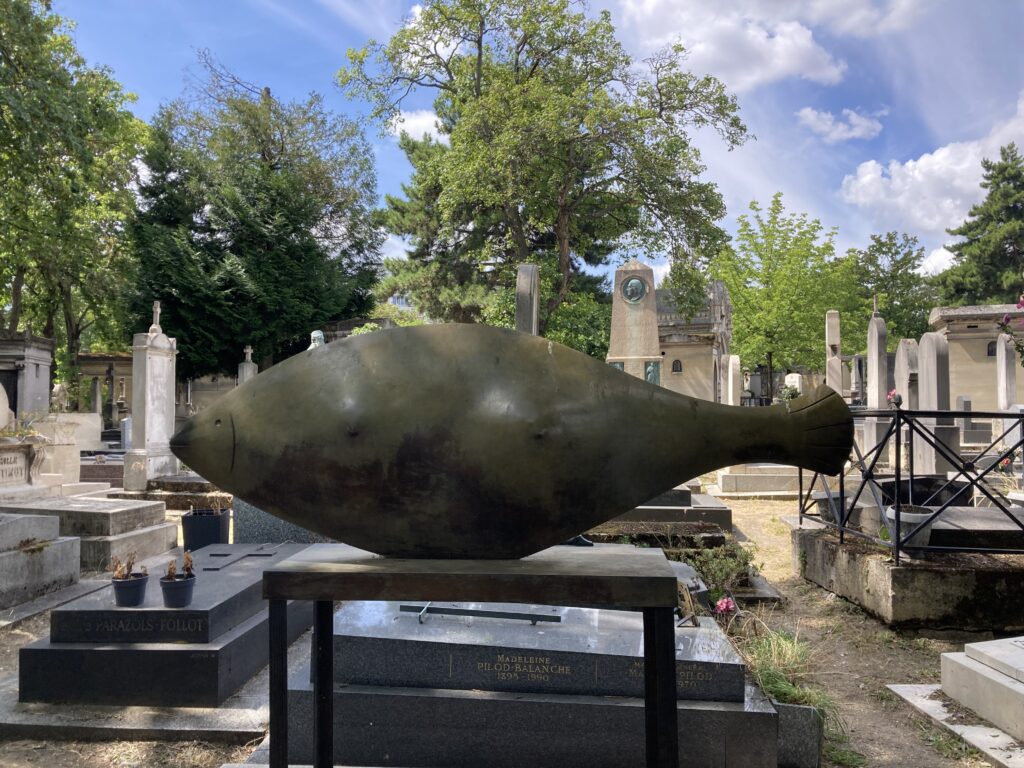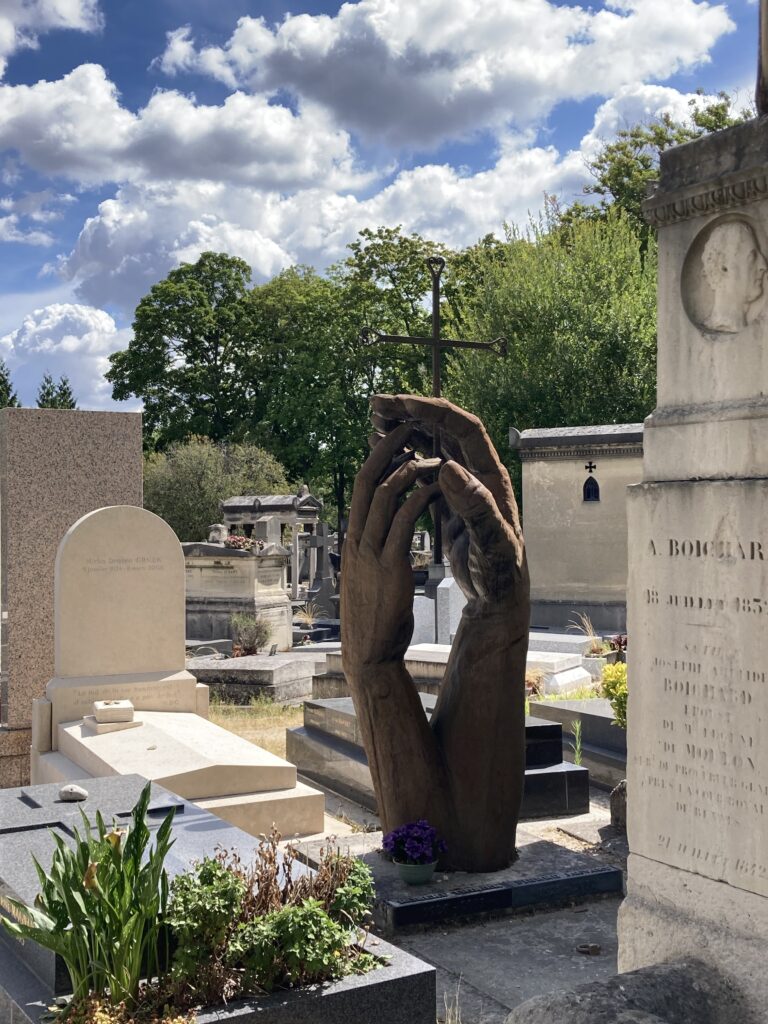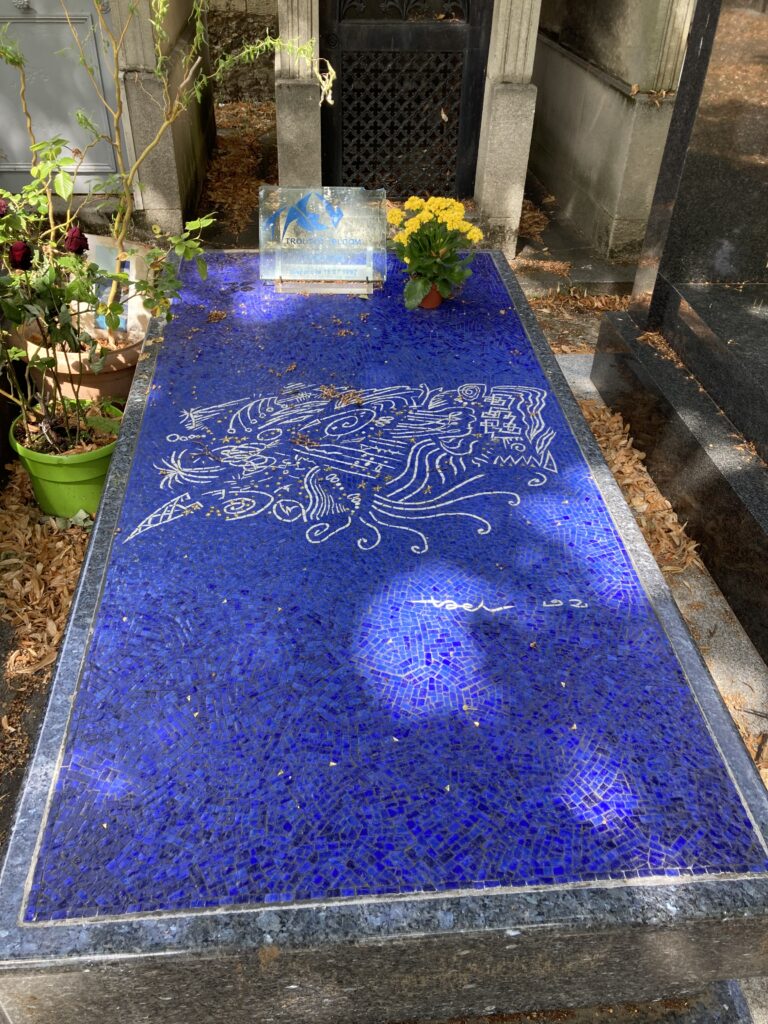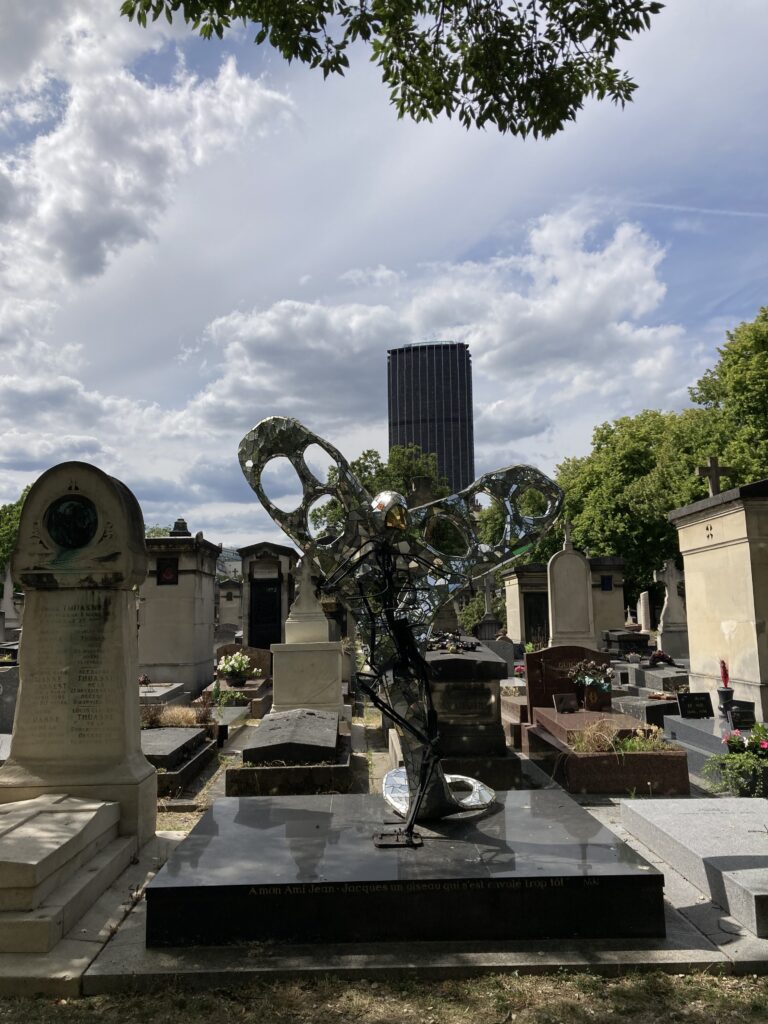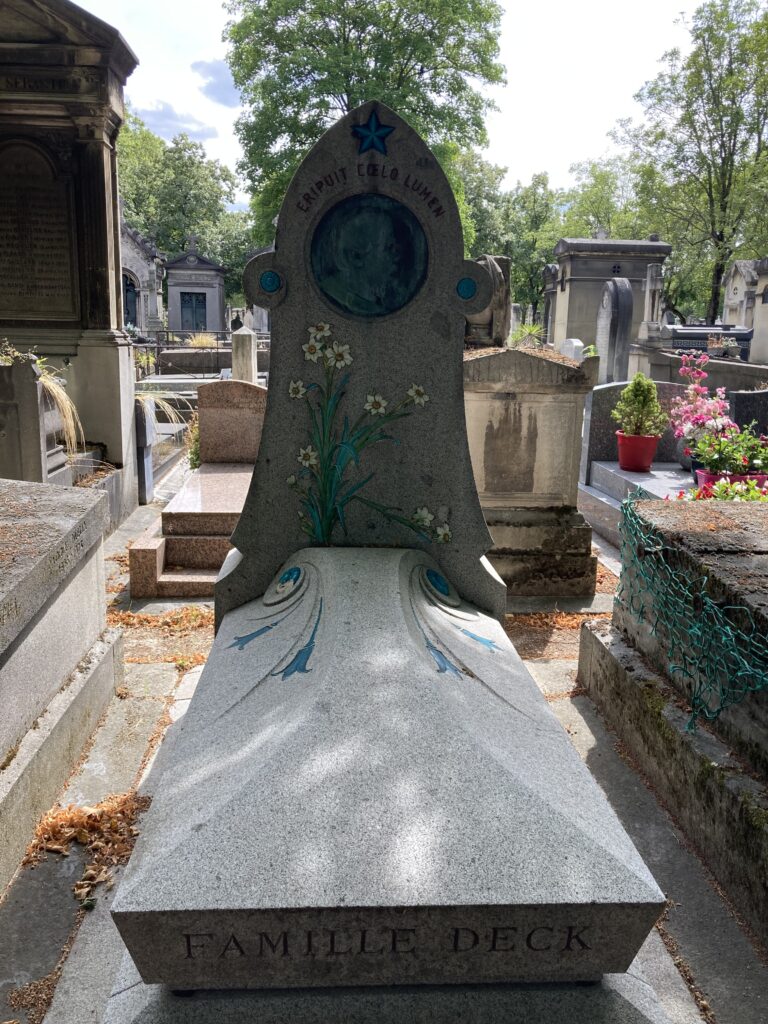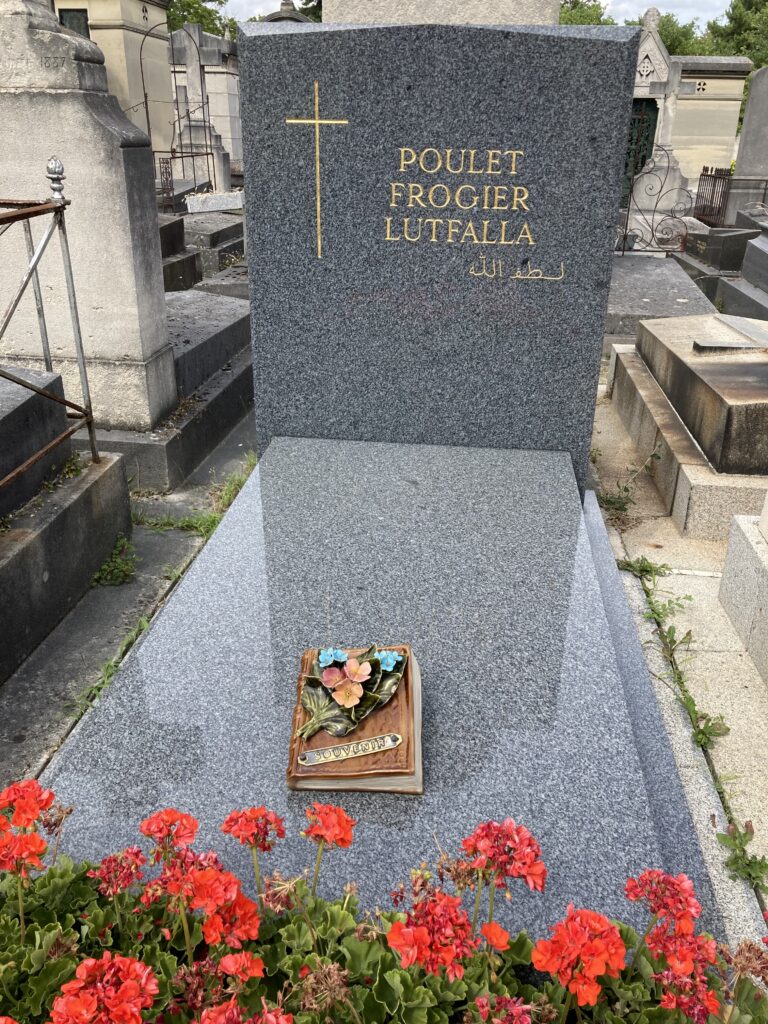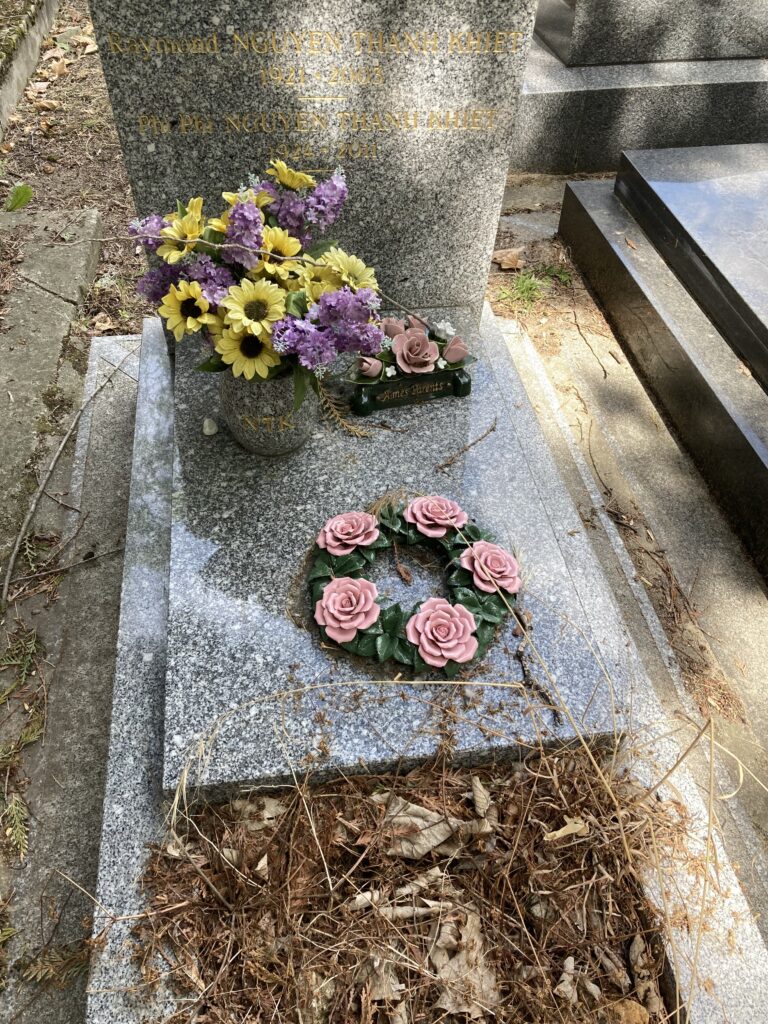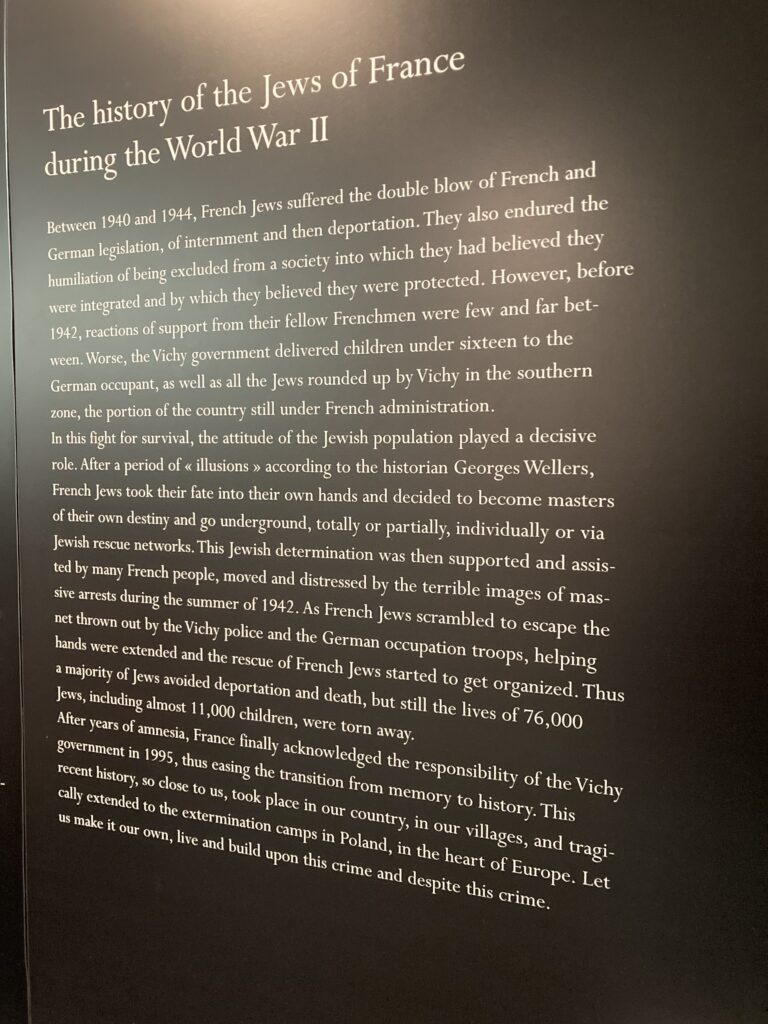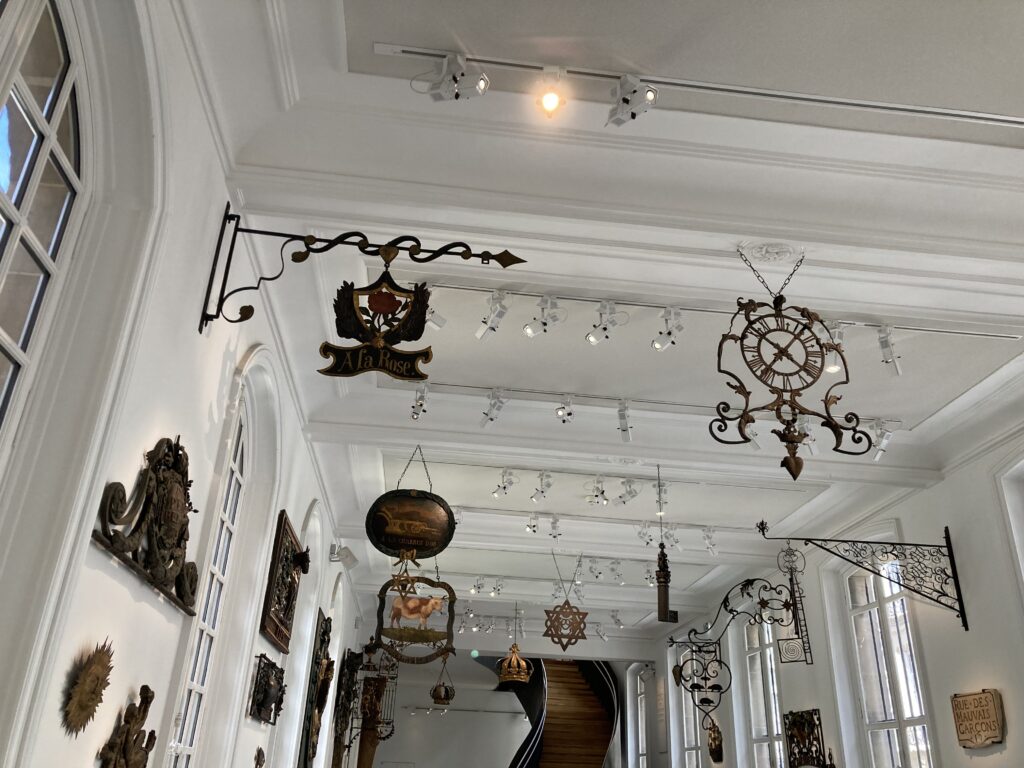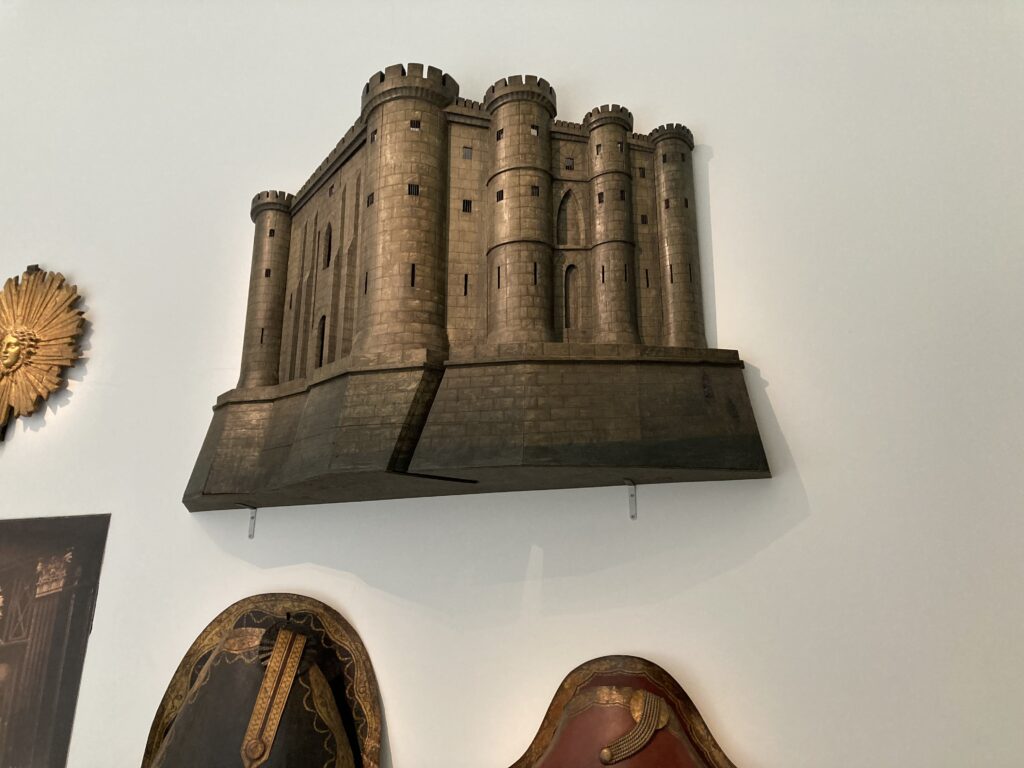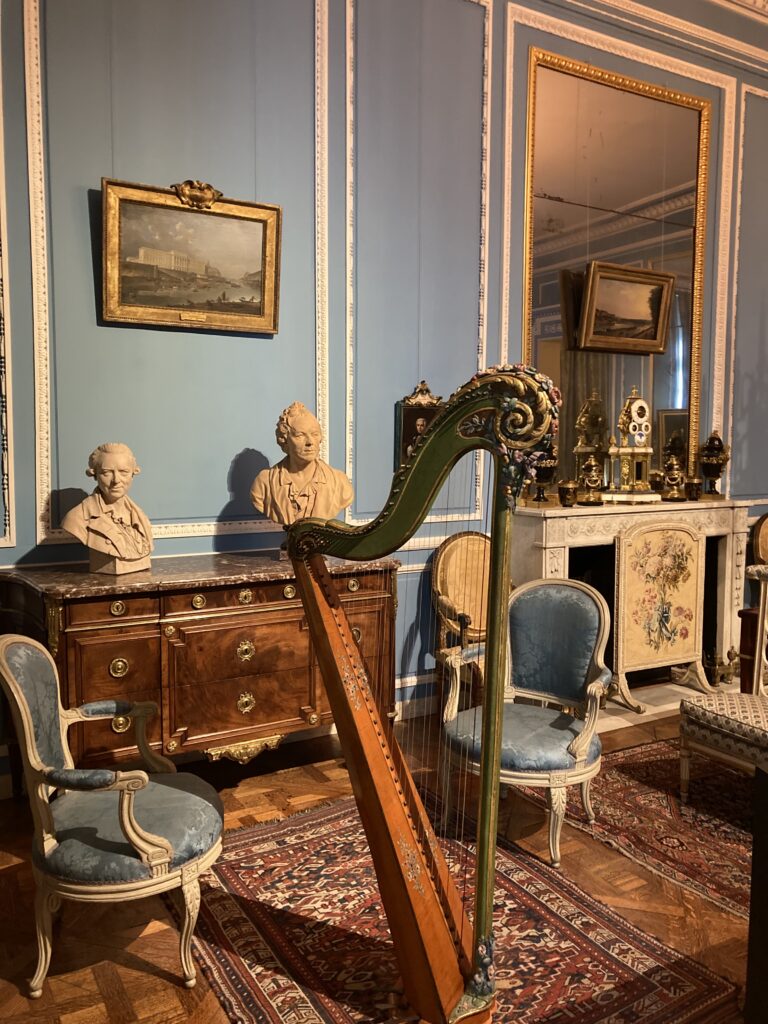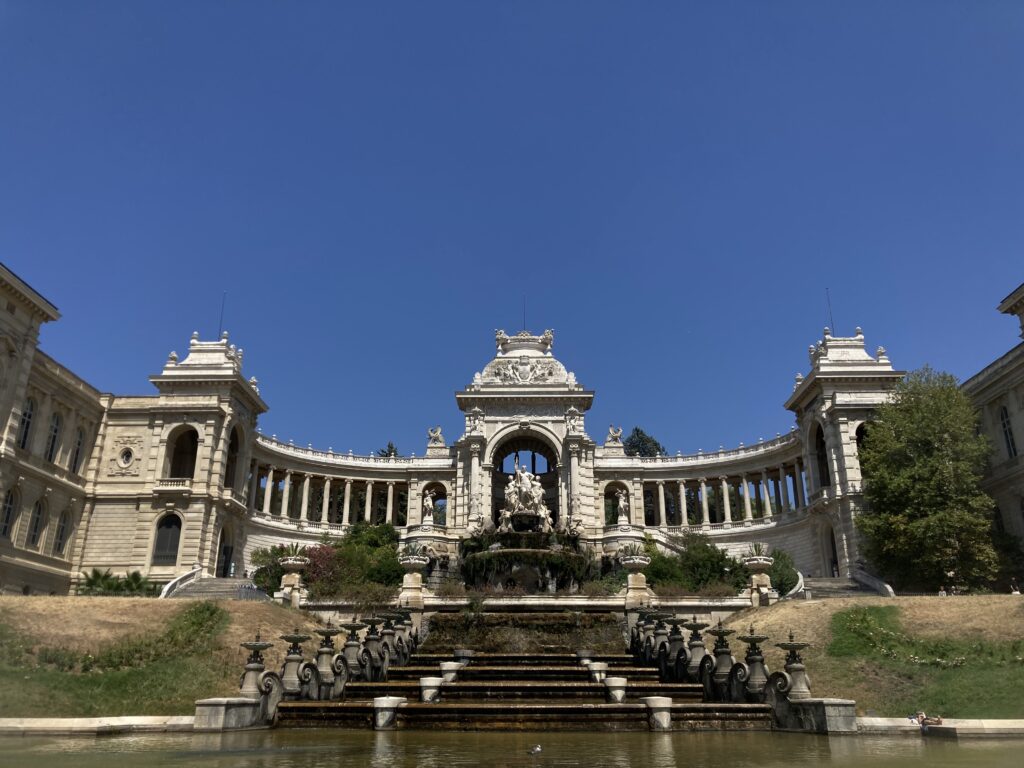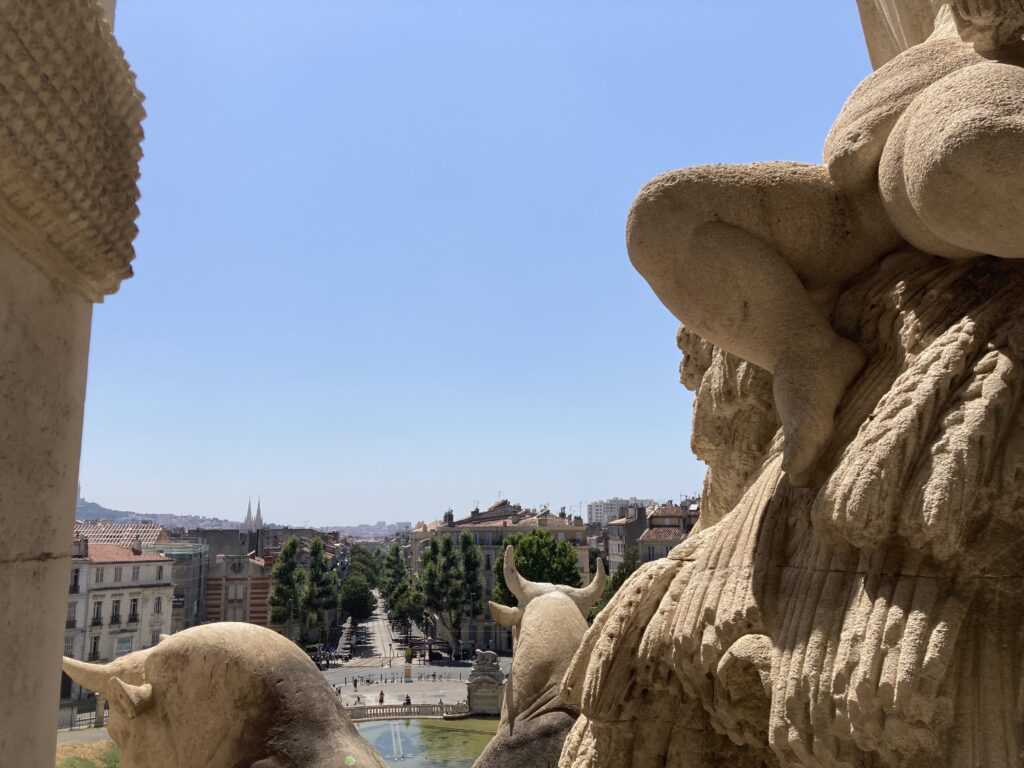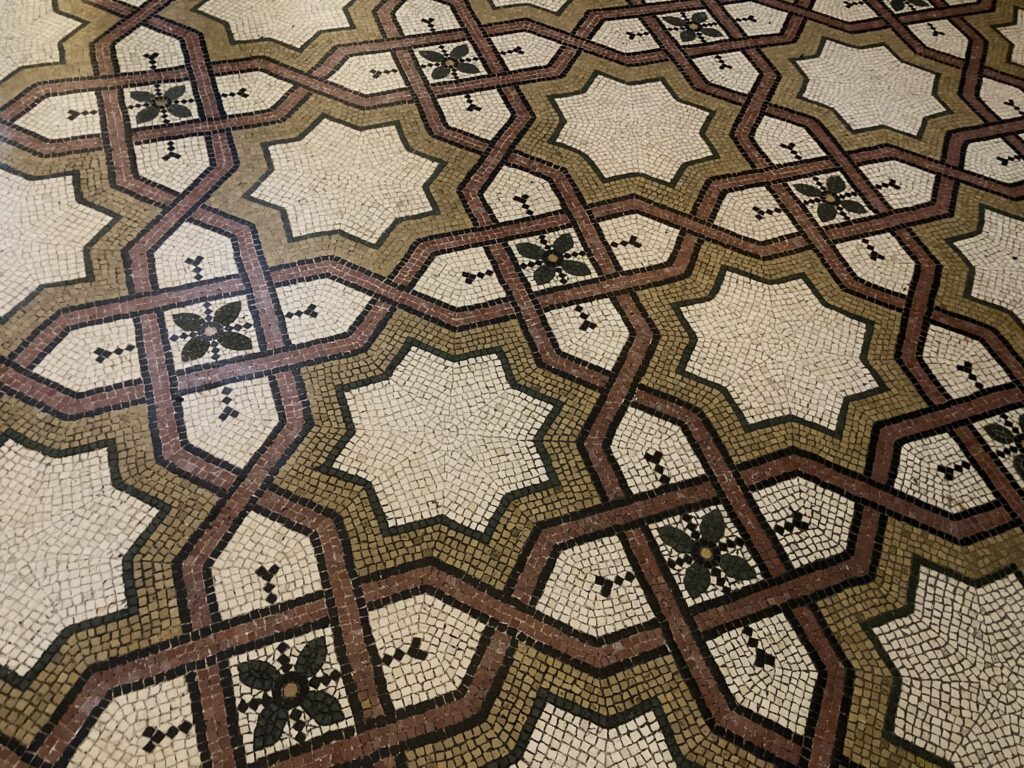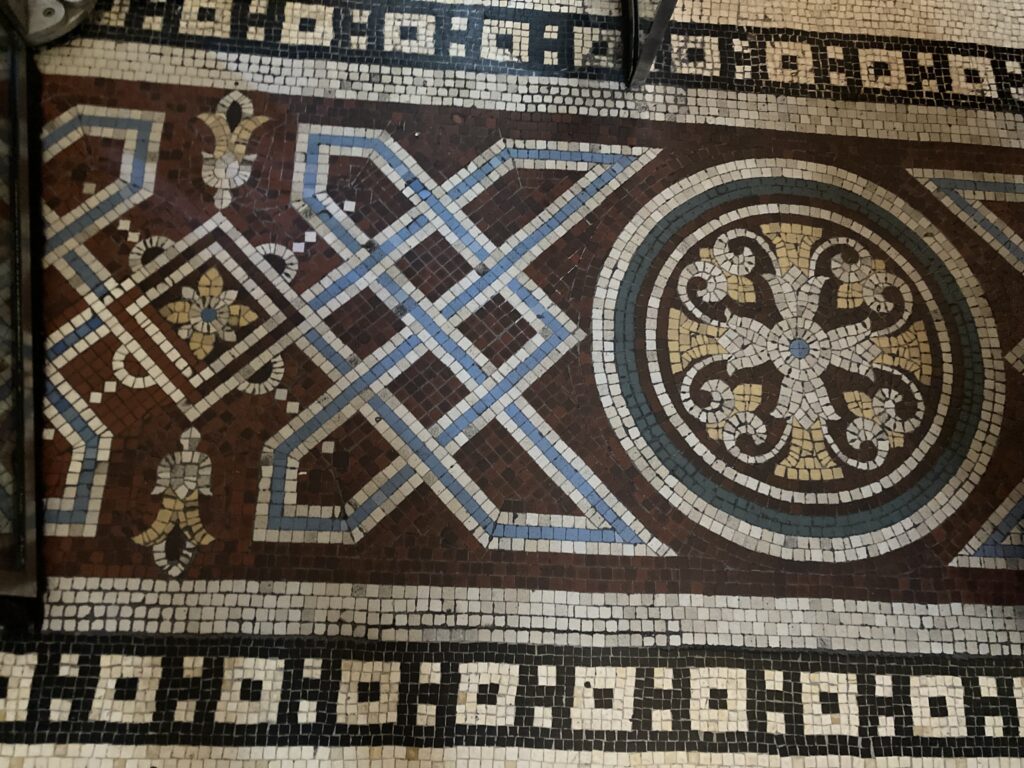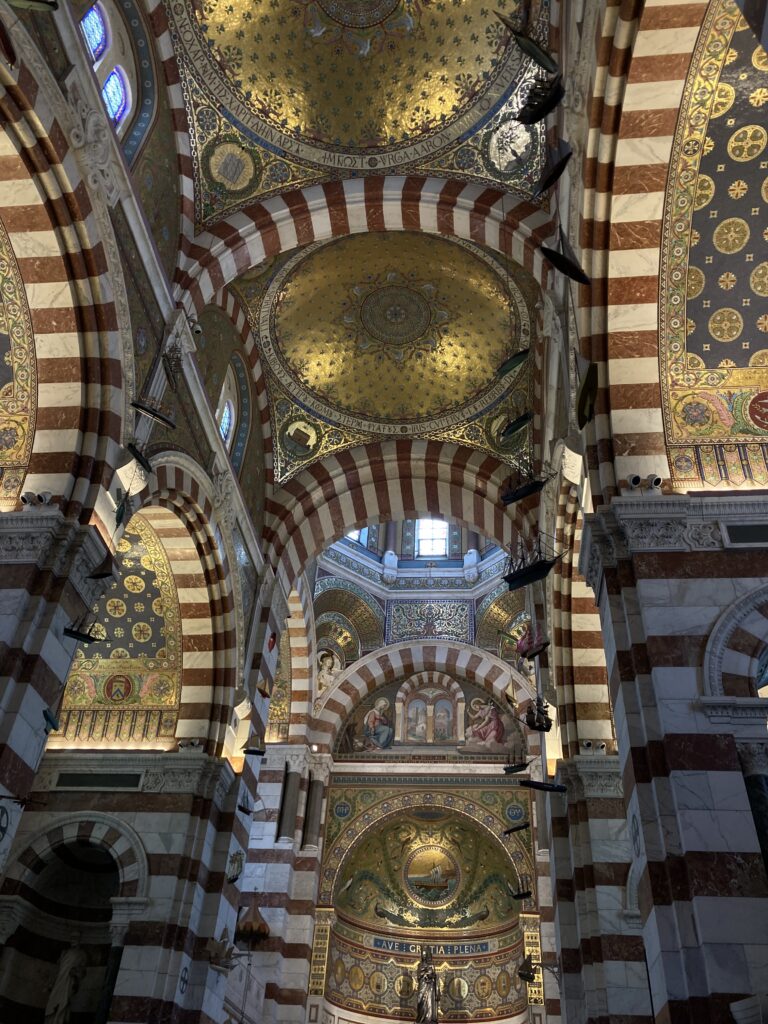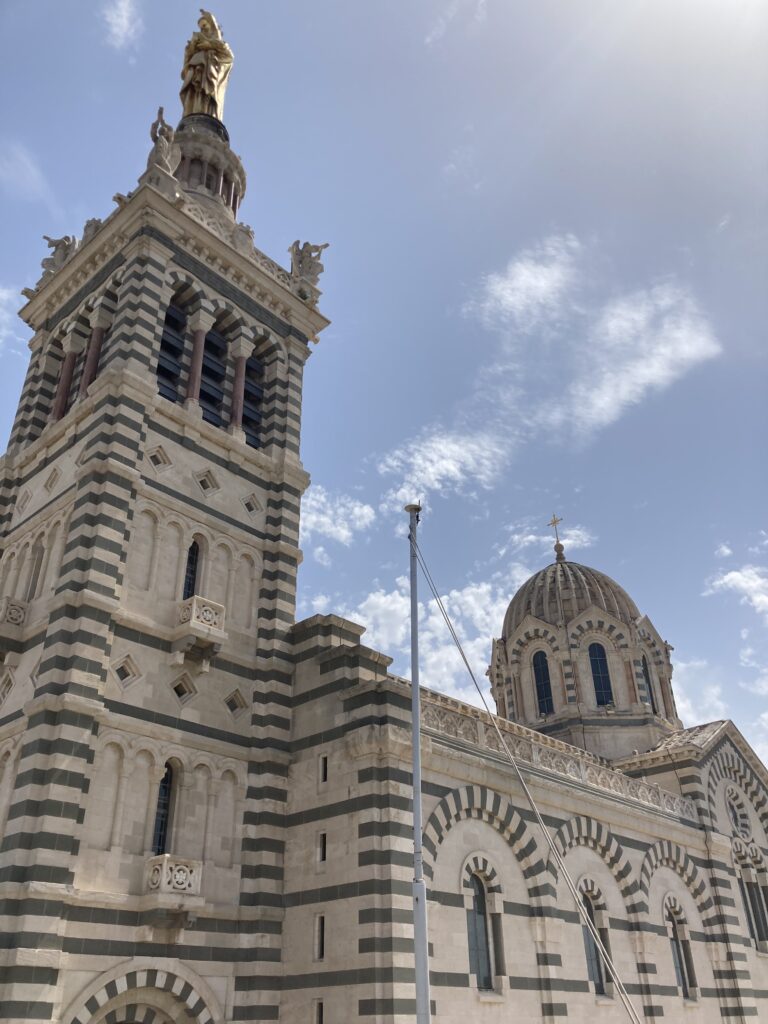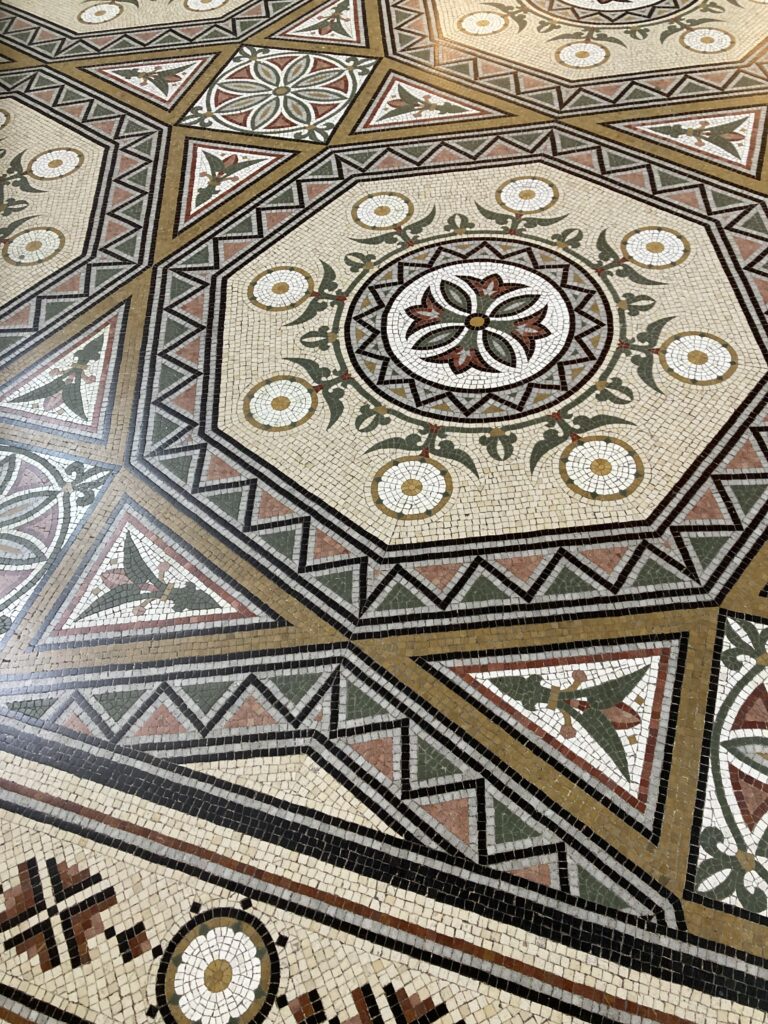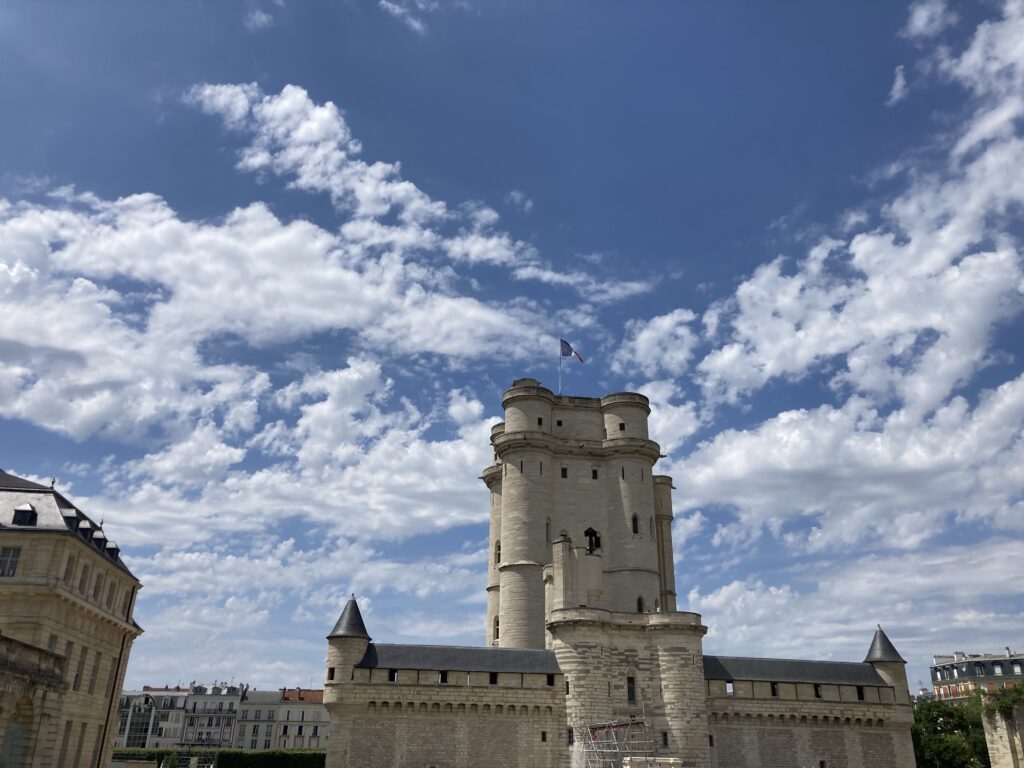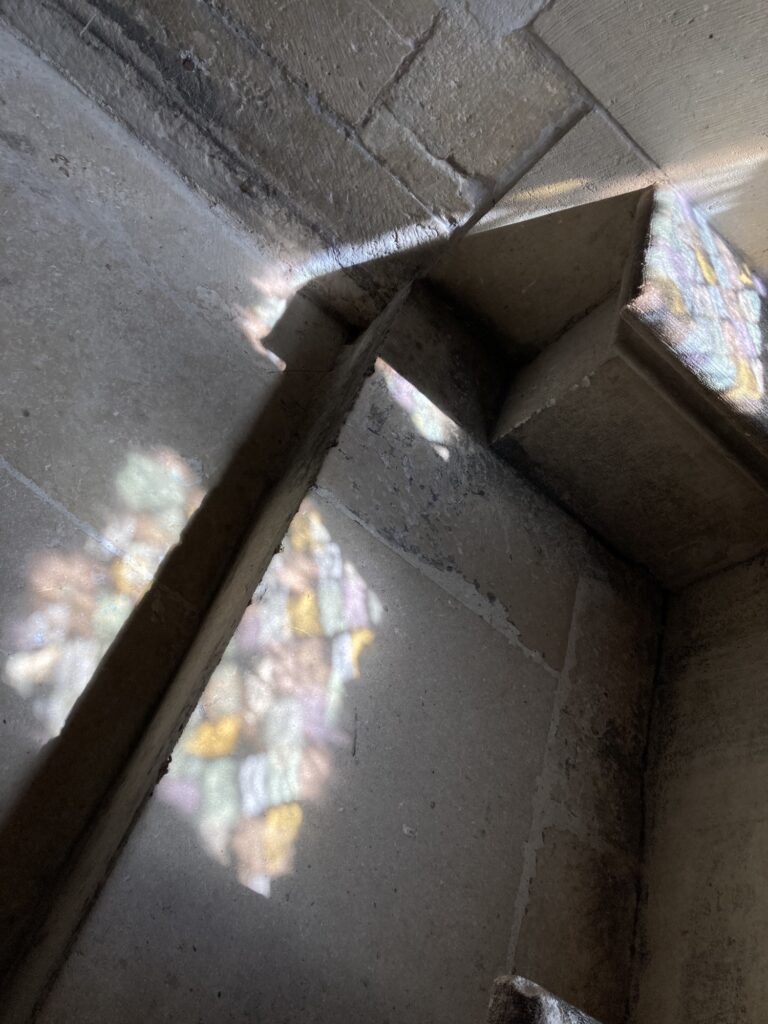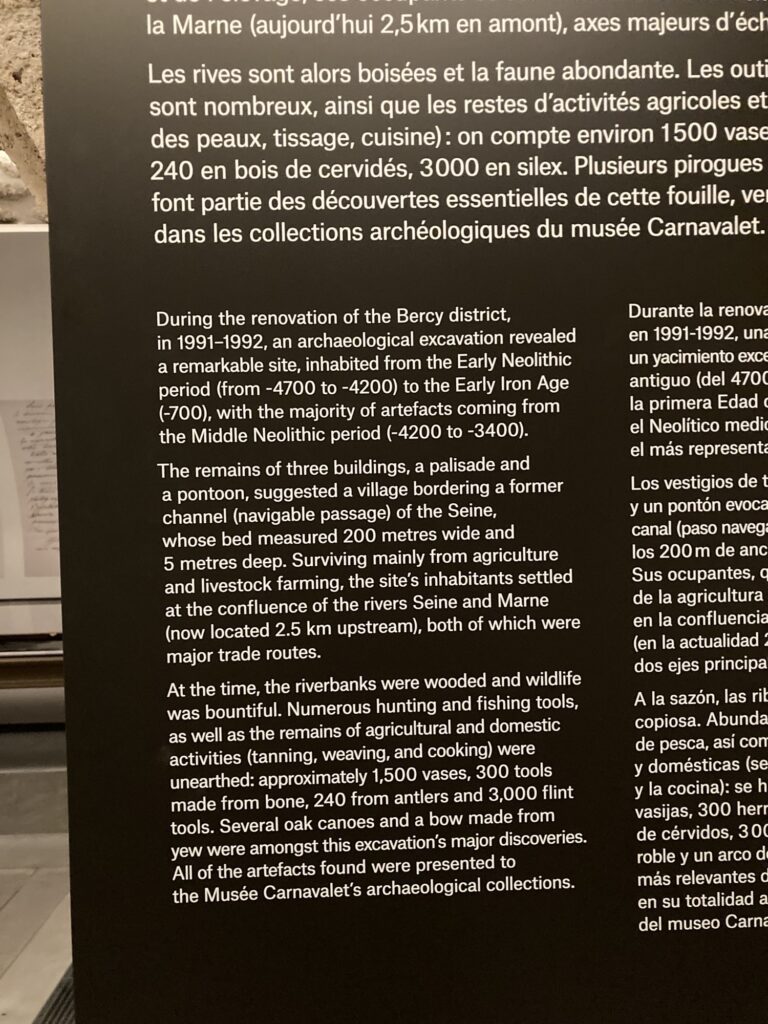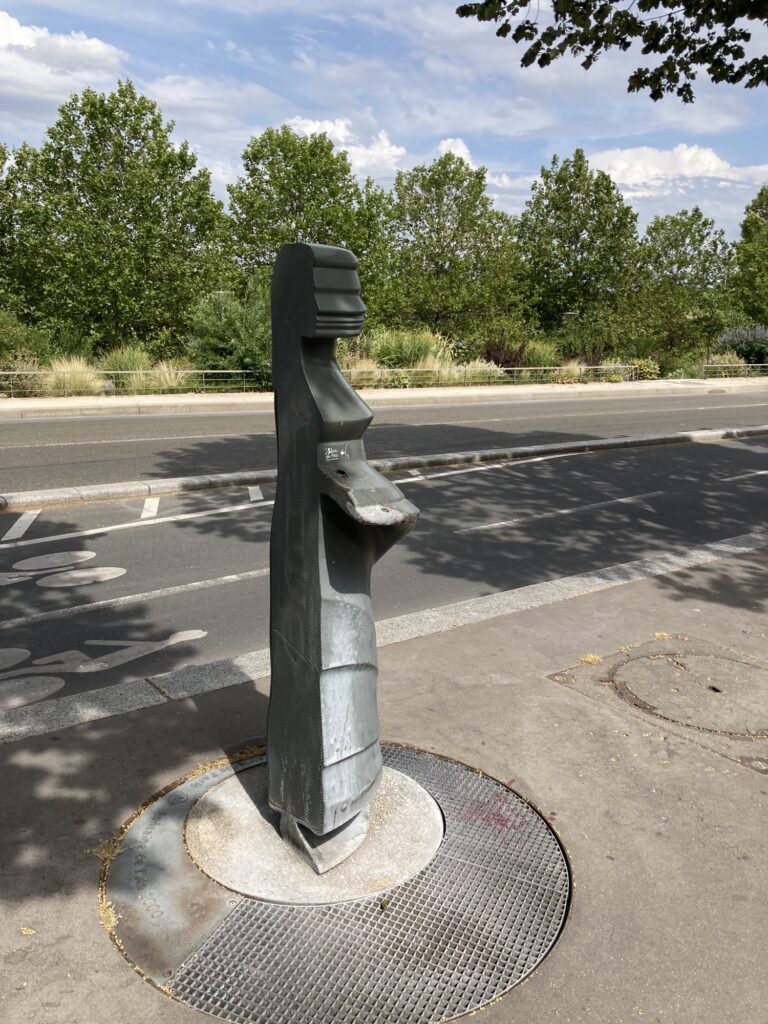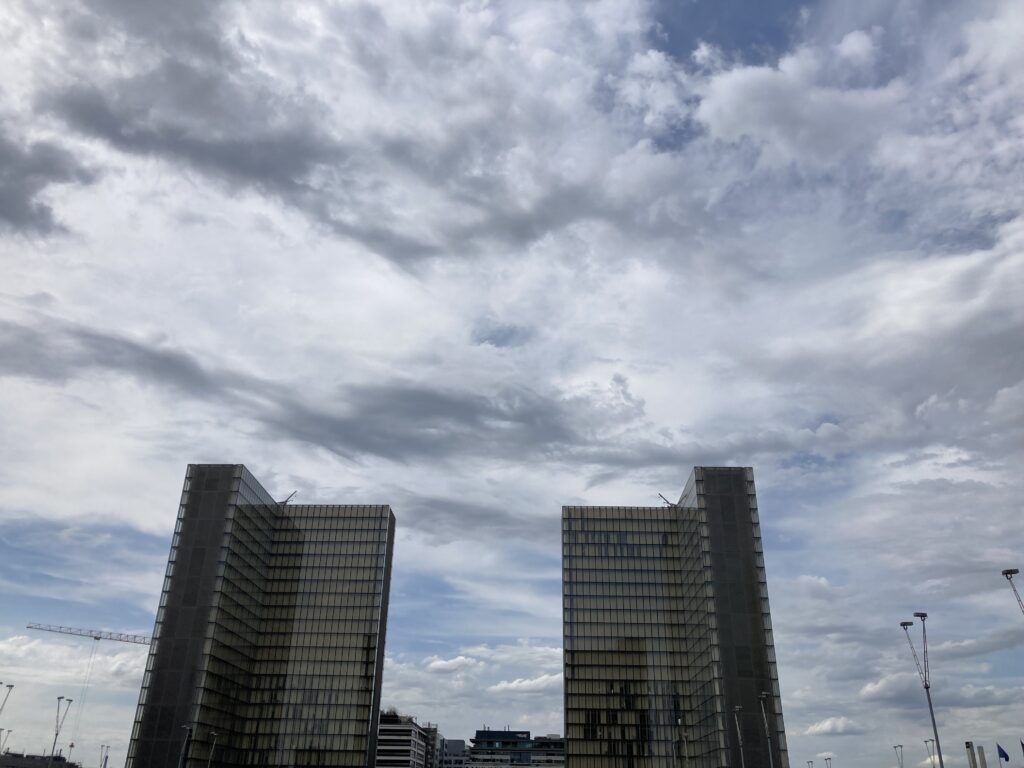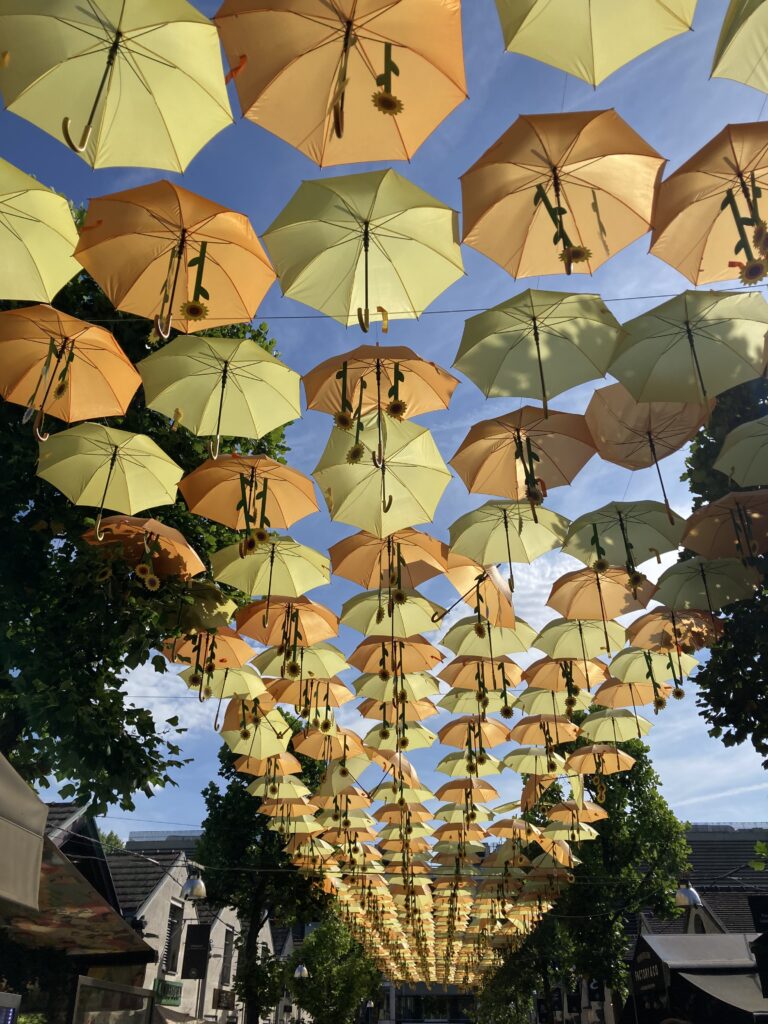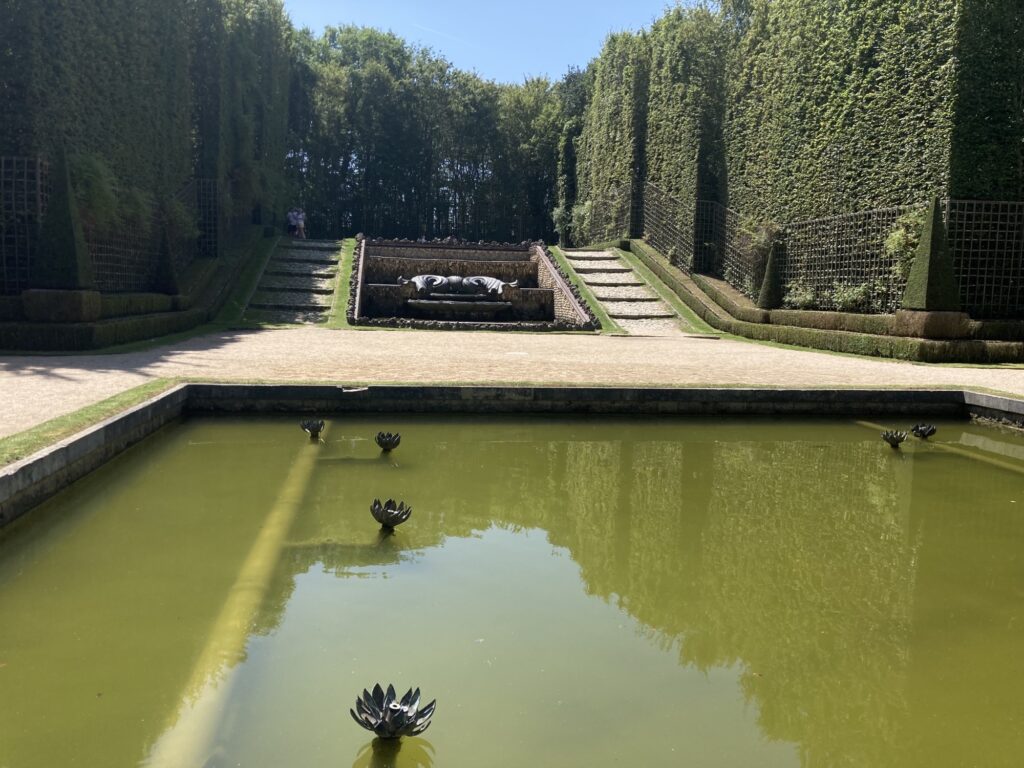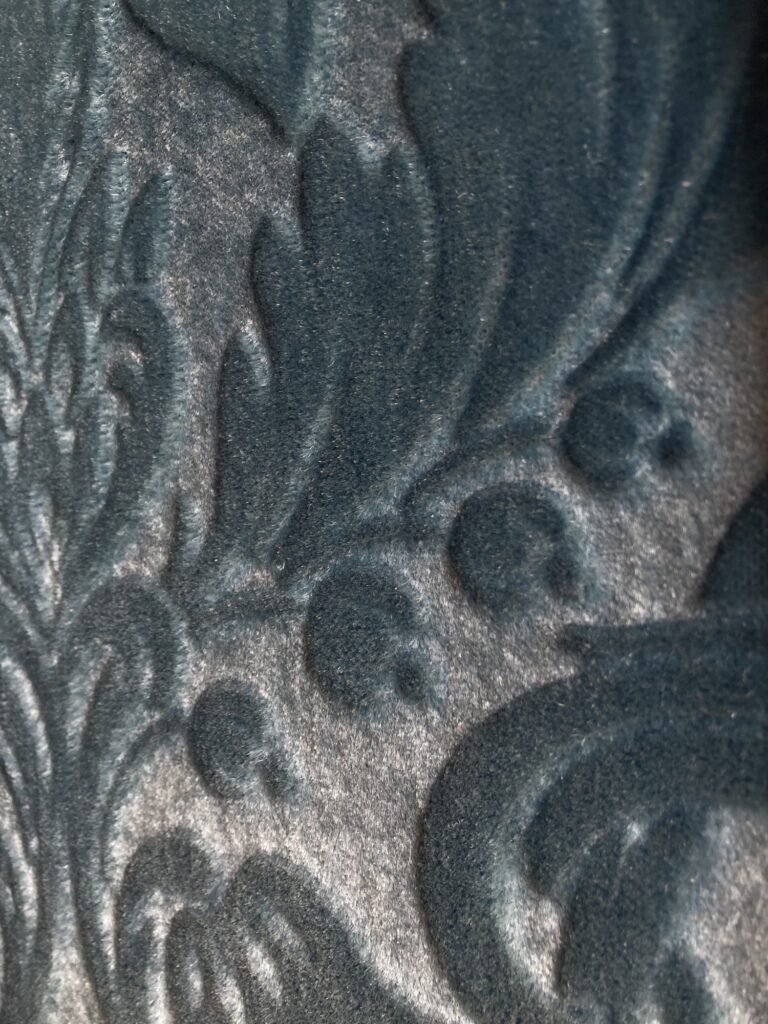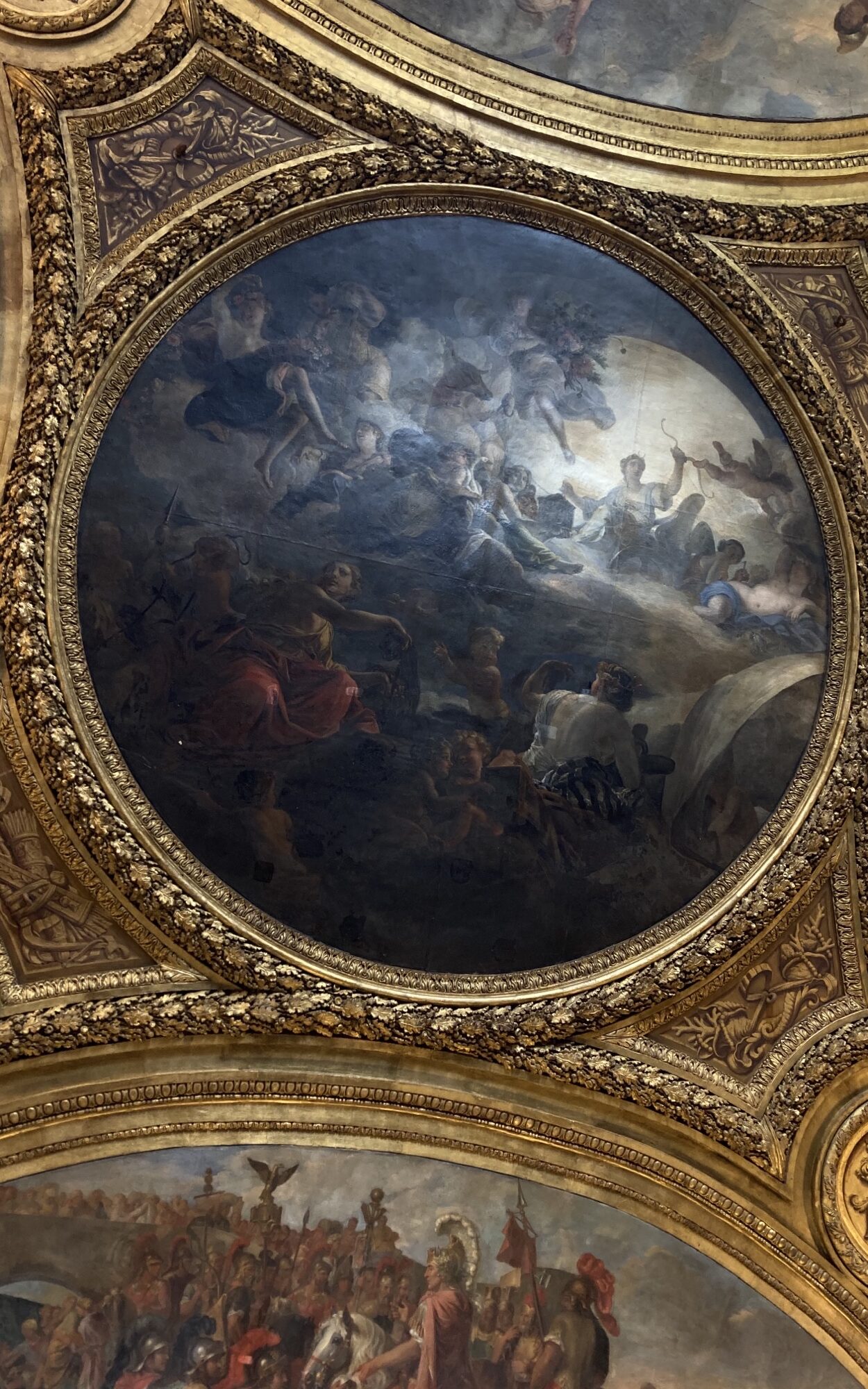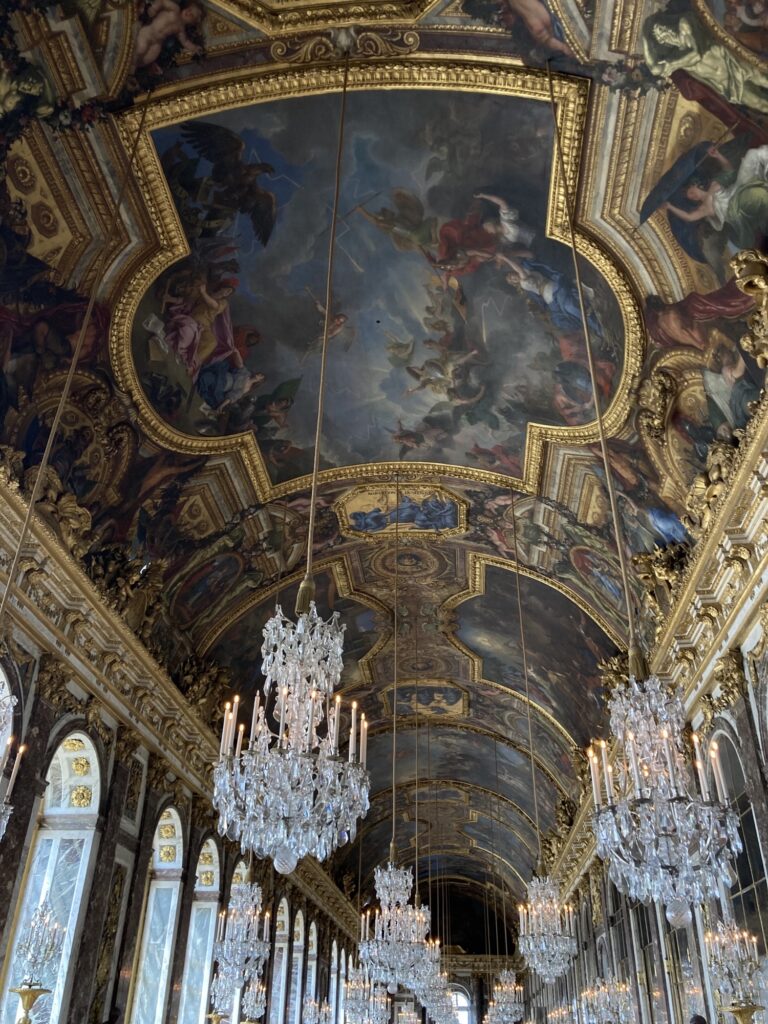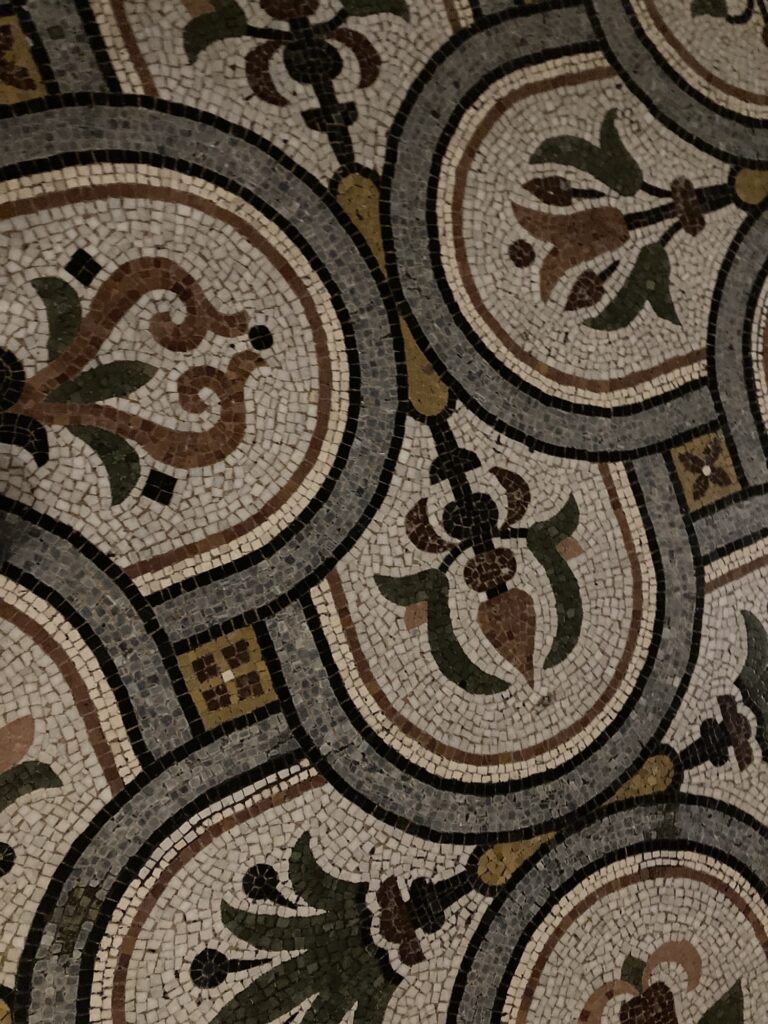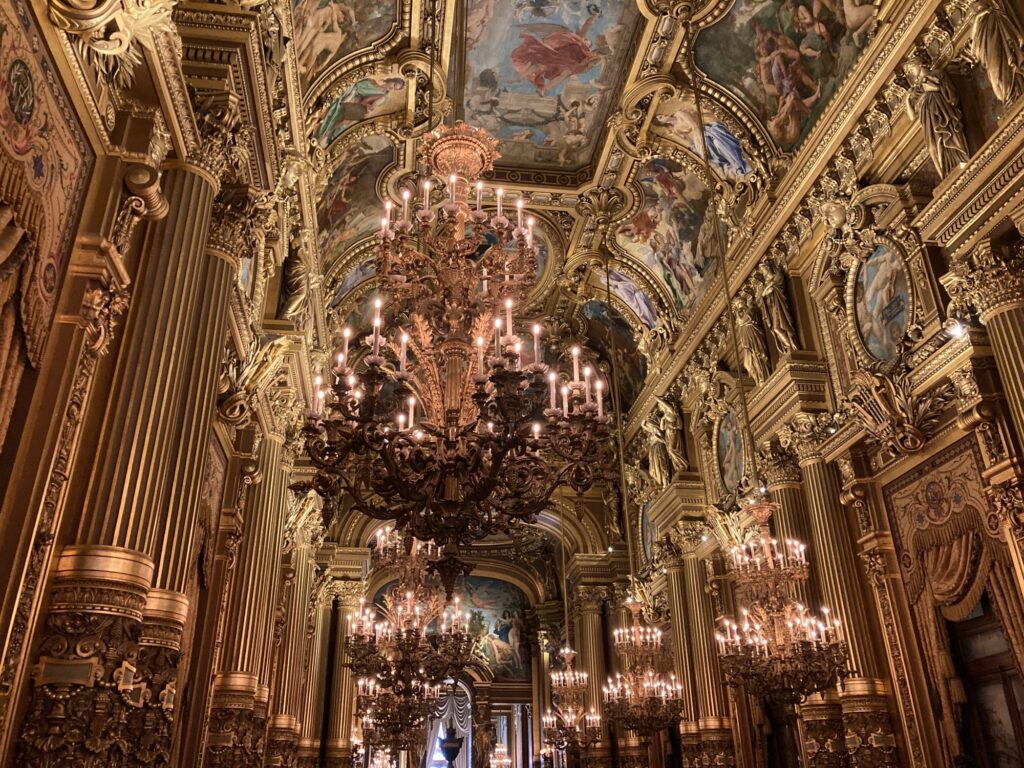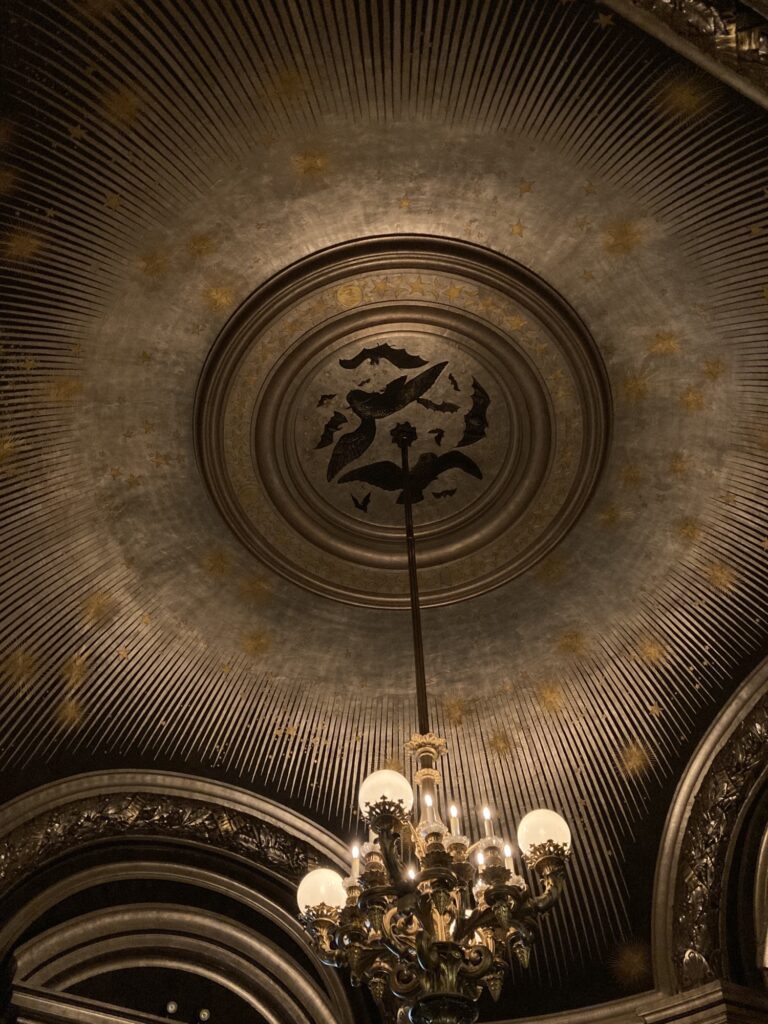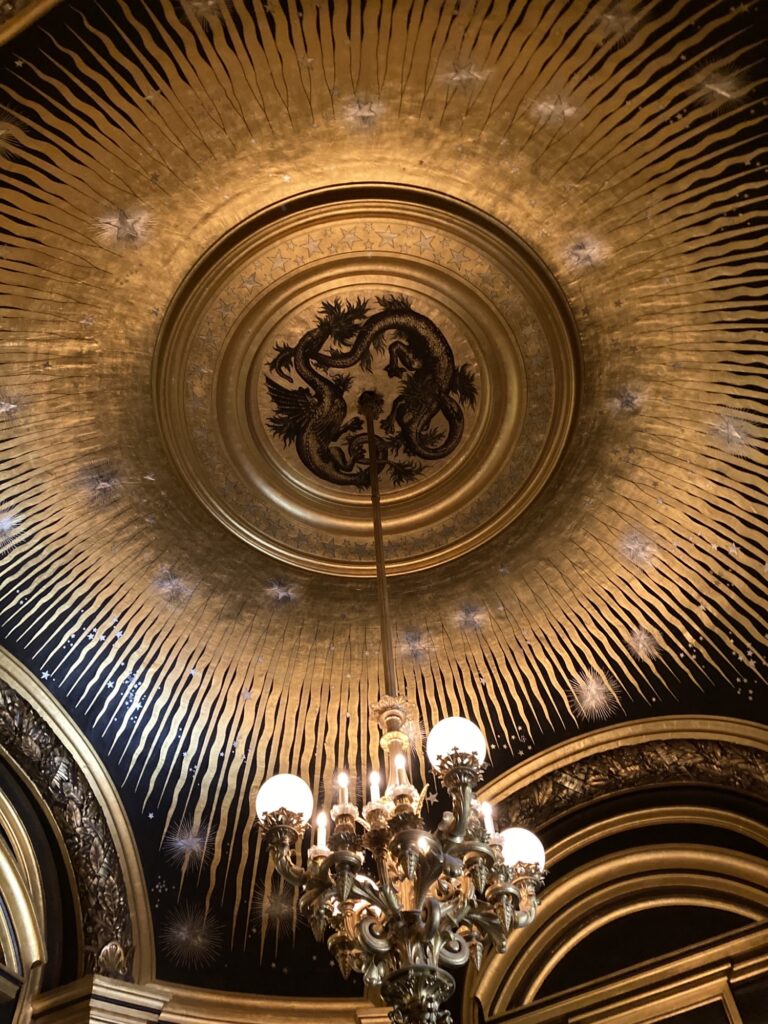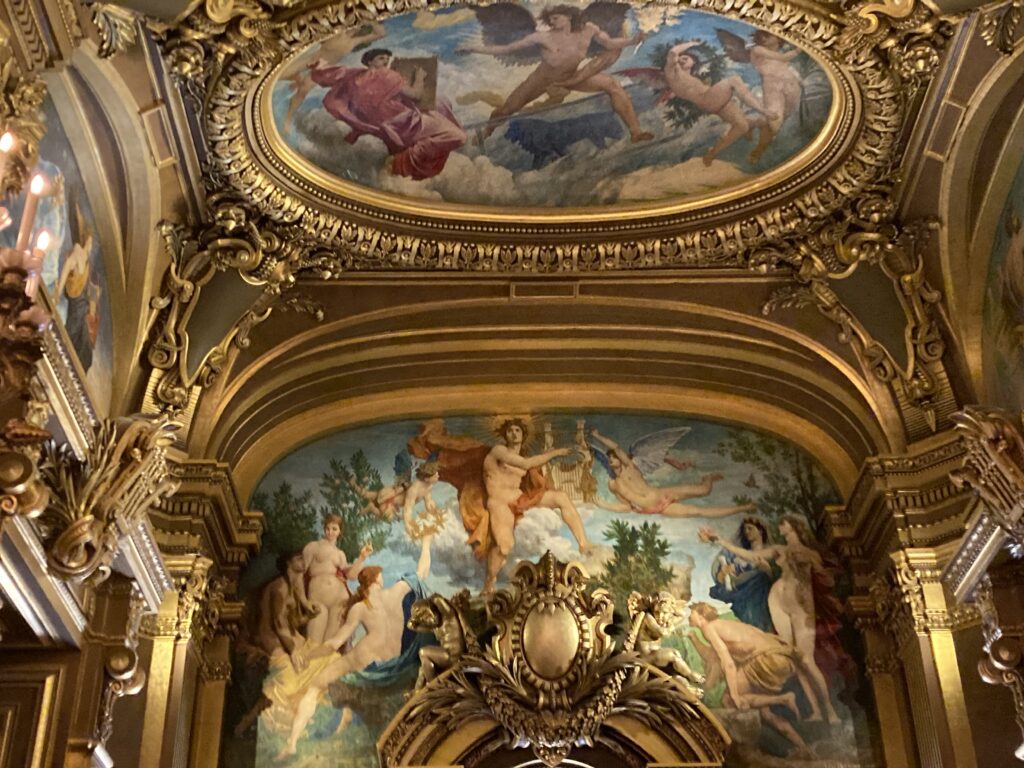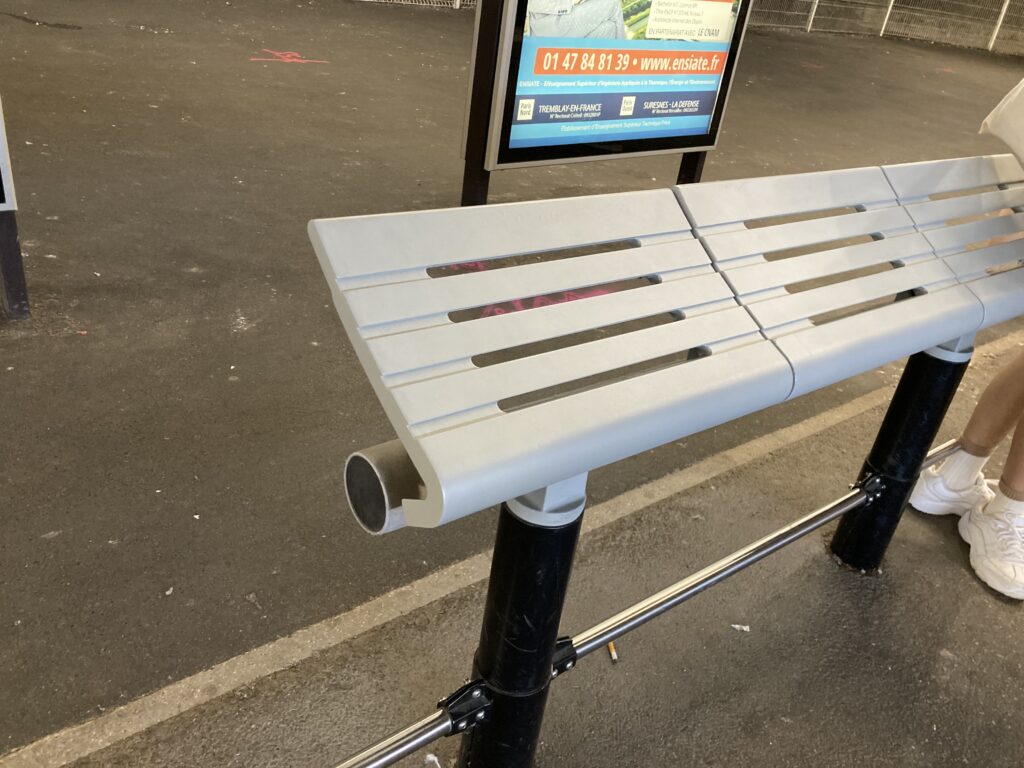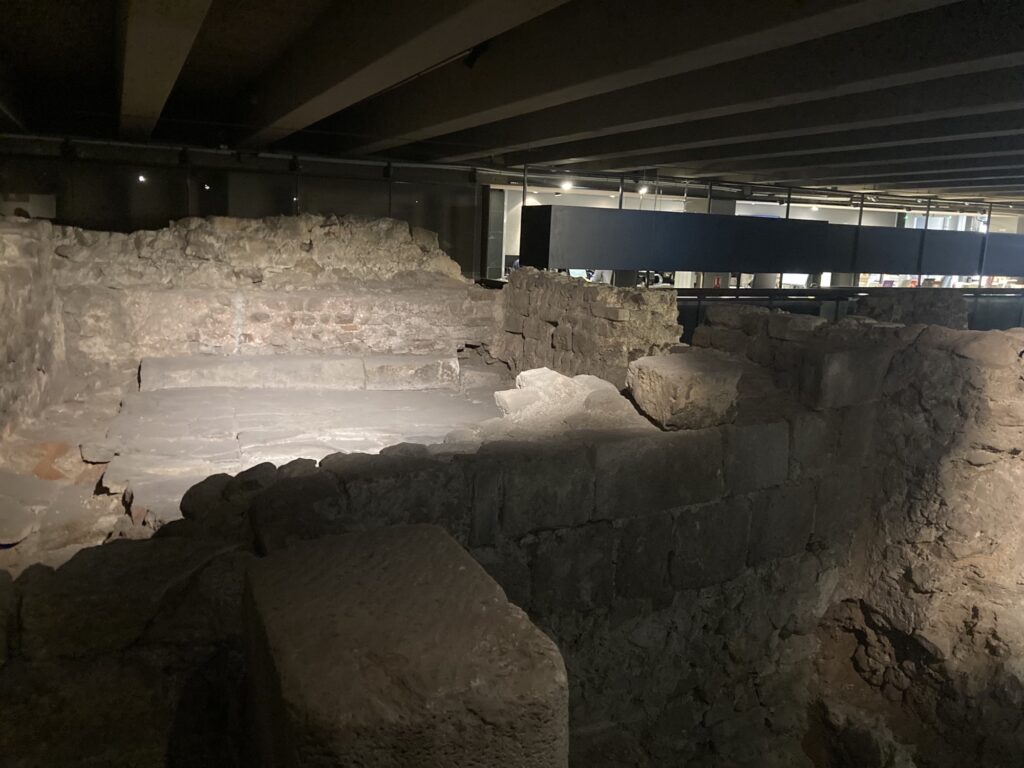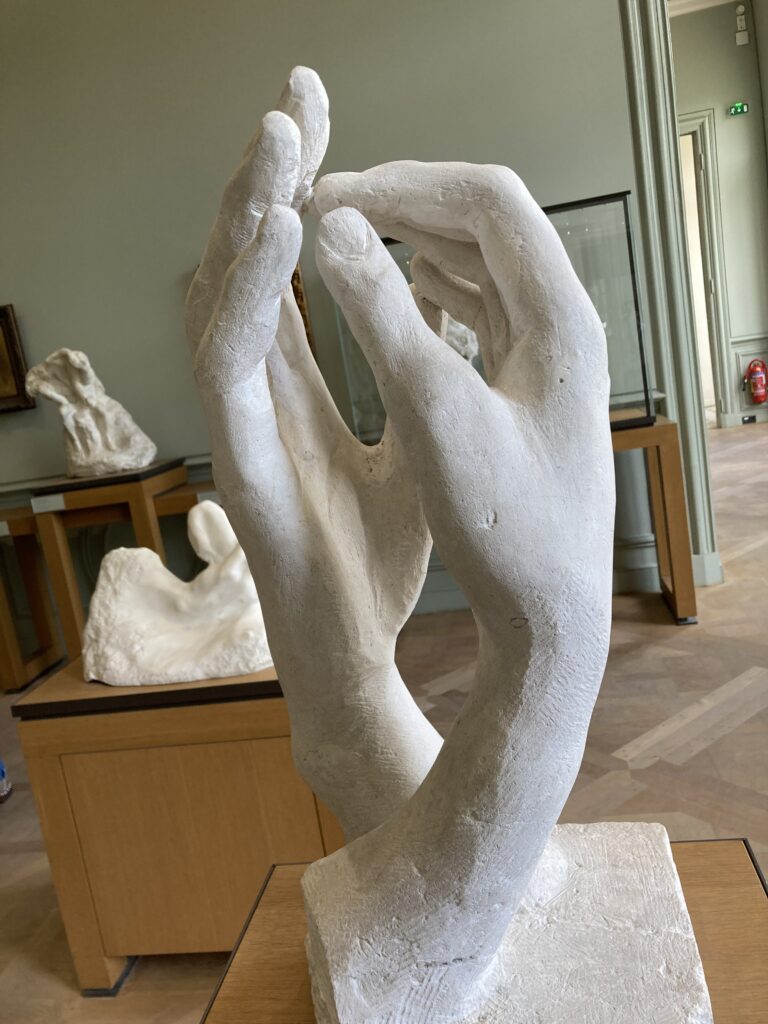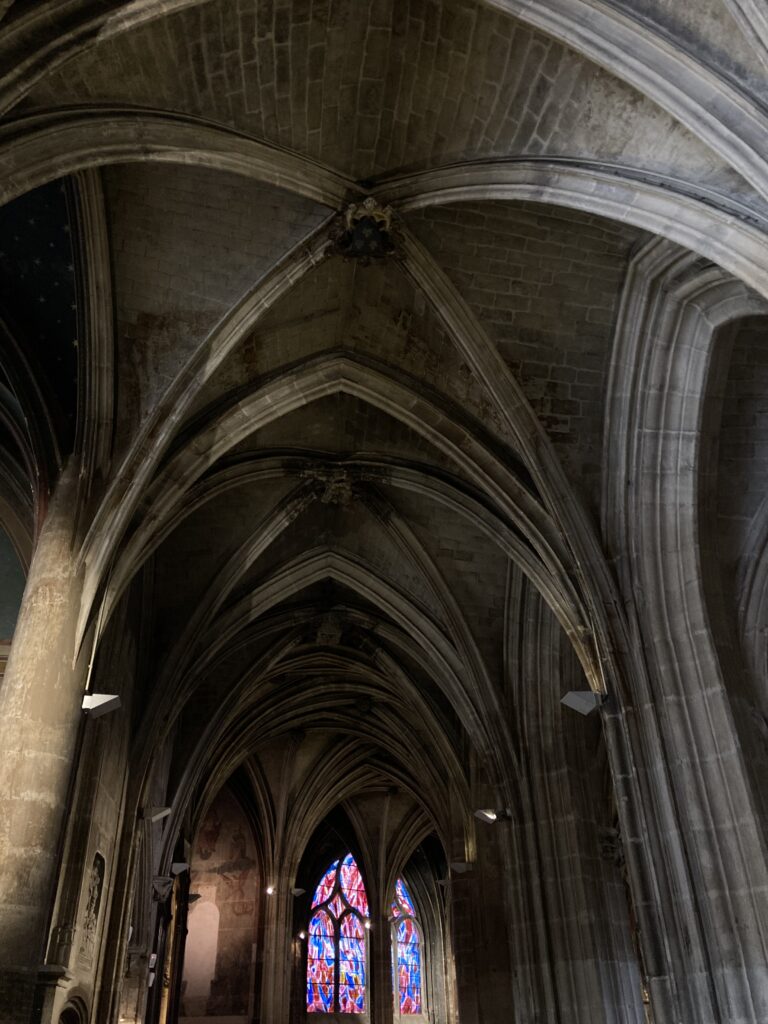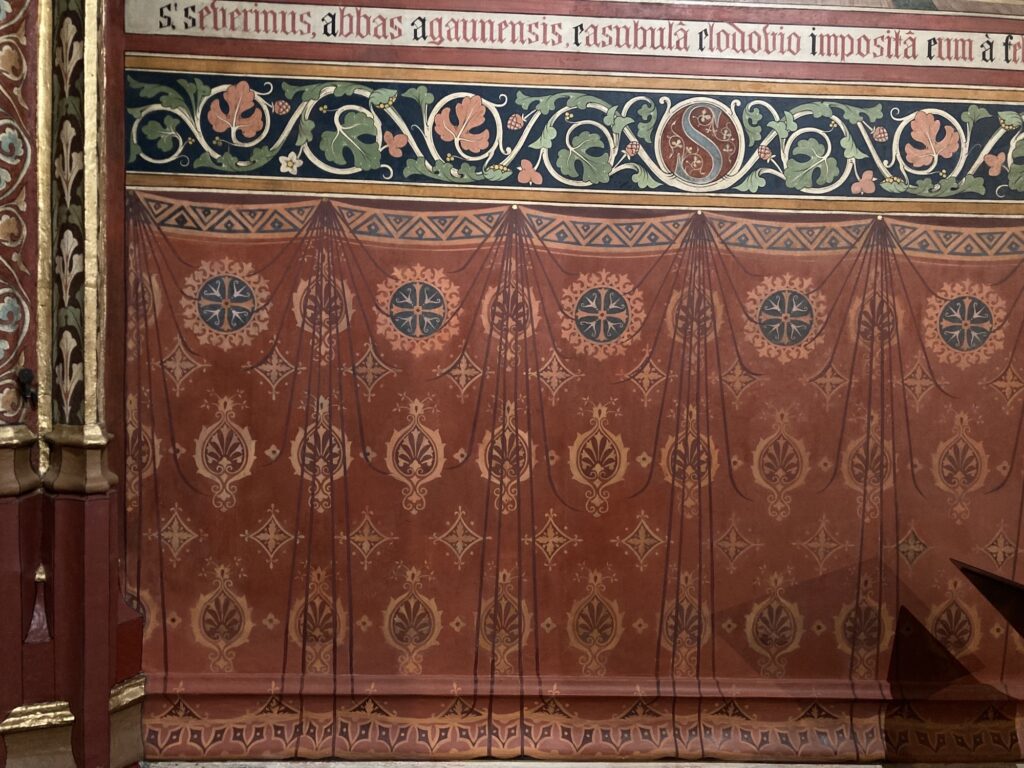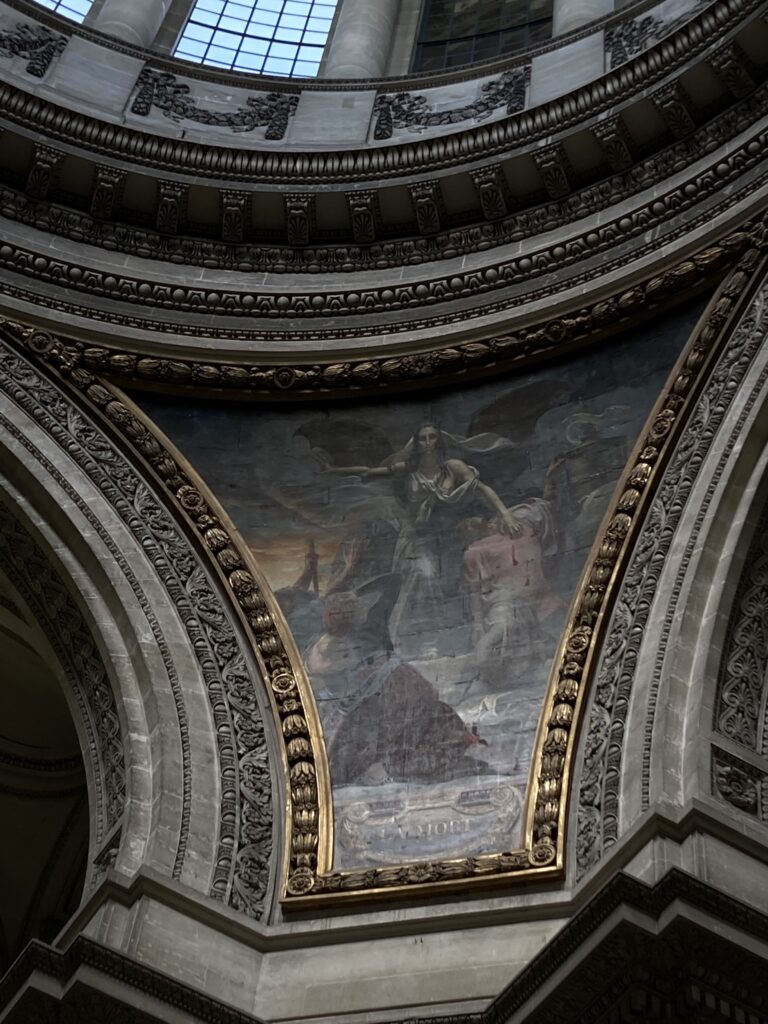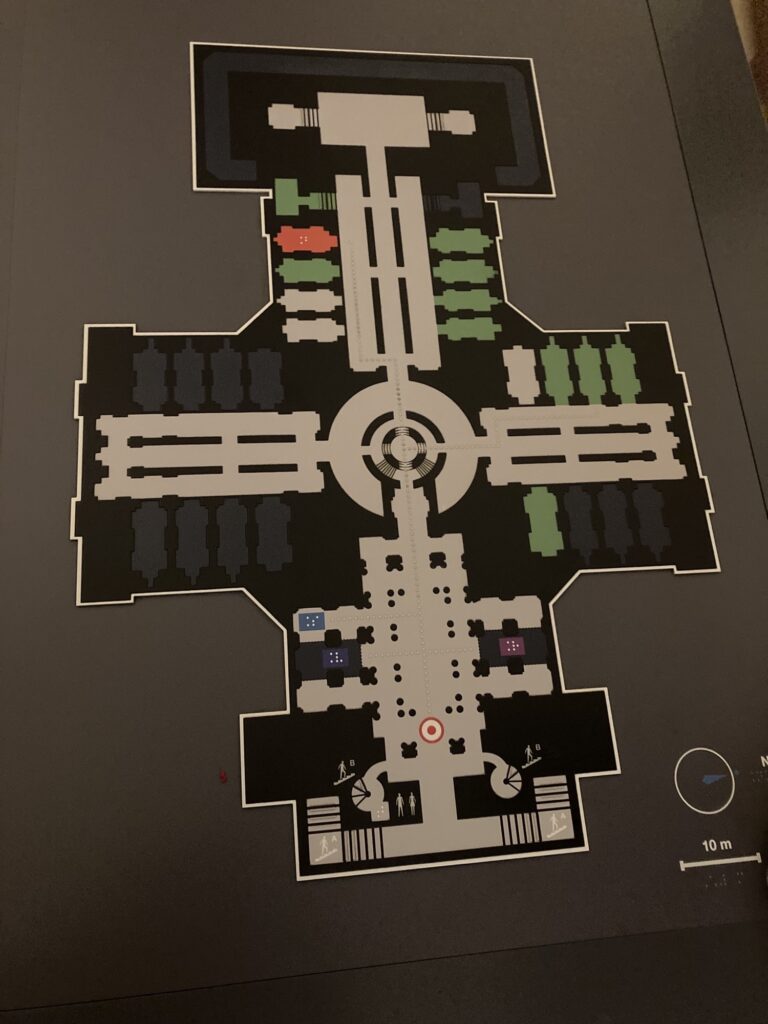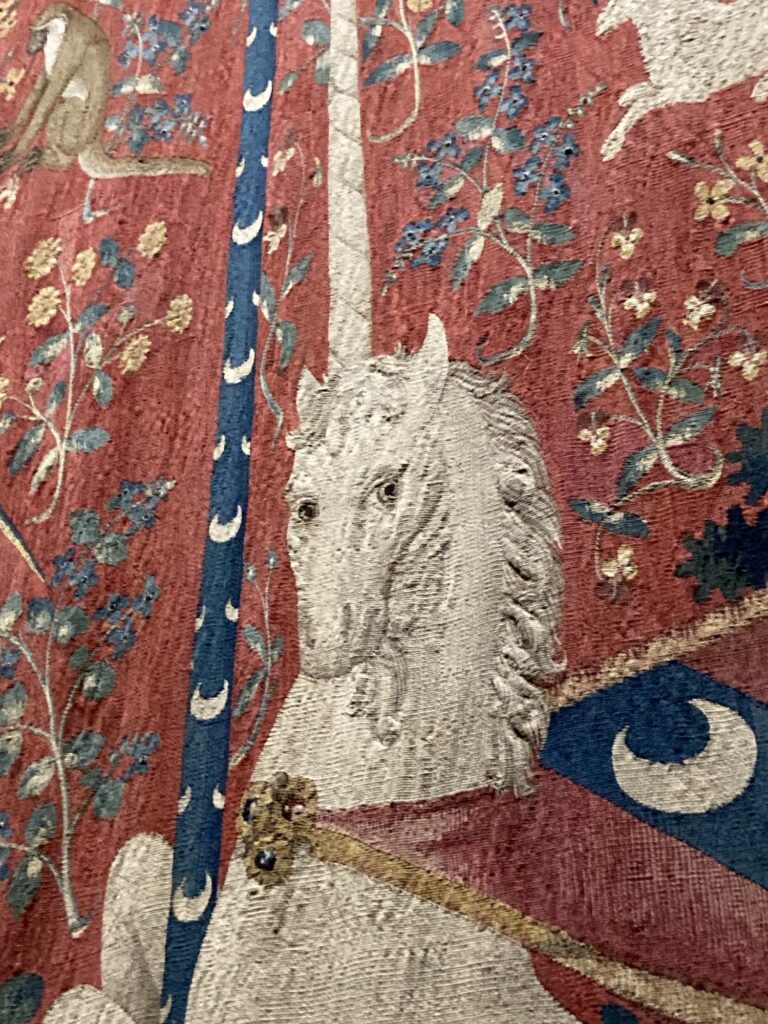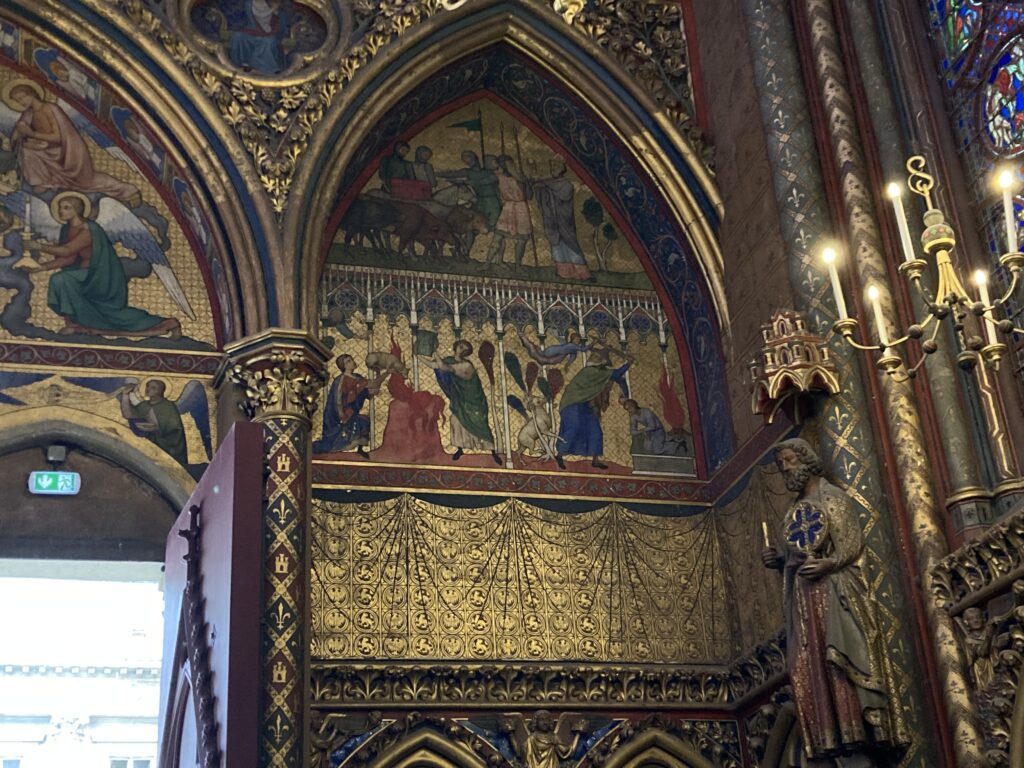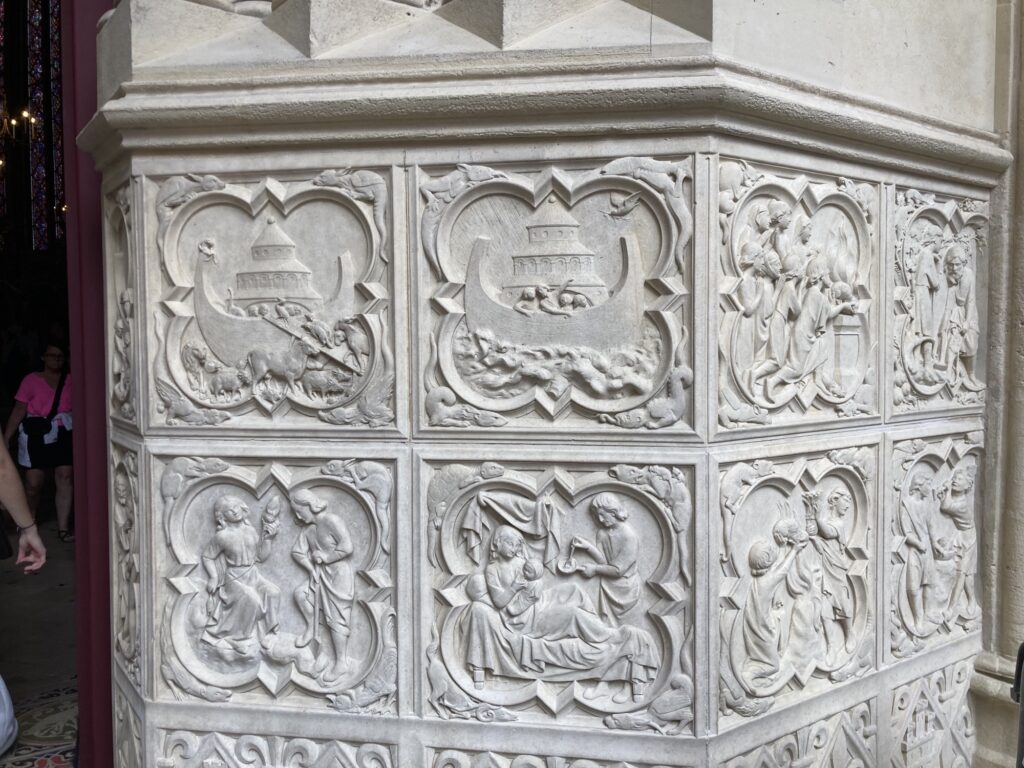Sad to Say Goodbye
Here we are, back in the States with my last blog until I post one final time to show my final project in a couple of weeks. I am honestly so sad to be back. I know some people were feeling ready to head home and kiss Paris goodbye, but I truly felt that I could have stayed at least another month longer. Aside from missing my dad and Noah (hi Noah, I did miss you I promise <3), since I got to see my mom and sister I’m pretty sure I could have stayed longer. It’s nice to be taking things easy at home and not be spending so much money (I am so broke right now), but I loved this month abroad. This was truly an experience I will never forget since it taught me so much about myself and my travel style.
Similar to what some other people did in their final posts, I’m going to list out what I’m going to miss most, what I learned about myself travel-wise, and highlights.
Missing…
- To start I am already missing good public transportation. I am so upset at the fact I have to drive places again and that half of our infrastructure in the US is to accommodate the automobile. I am so sad. :’) Even at the airport we were smacked in the face with the reminder we have to rely on poor public transport when the shuttle back to the main building took ten-fifteen minutes to return to get the second group of us. Whereas back in Paris there was the super efficient shuttle system to the airport after getting off the RER B.
- Parks. Oh my gosh, I am going to miss all the lovely greenspaces. I know there are great State Parks near me but they are all within driving distance, not walking. 🙁
- Picnicking. Max I am counting on you to bring this back when we’re at school.
- A place designed for people and not cars. I just am so sad looking at my surroundings which consist of huge roads and crummy-looking buildings on the side of said roads.
- Actual care for historic preservation. I feel like this is pretty self-explanatory.
What I Learned About Myself
- I am the type of traveler that needs to be in a small travel group or solo travel. One or two travel partners are ideal for me, although I can handle a group of up to like five people. I don’t do well operating with a super large group.
- I would be a great solo traveler. I did so many little activities by myself since it was easier to coordinate and it was so much fun.
- I am really confident in my traveling abilities. This month has made me so proud of how I went out and took on the city on my own. I navigated with ease, kept a pissed “don’t mess with me face on,” and was just super self-assured in my abilities.
- Further learning how good “me time” can be. Before I started therapy last year, I used to struggle with being by myself and feeling lonely, but this trip has helped to reaffirm how good hanging out with myself can be.
- I just wanted to get to five to be consistent with my last list, but I will also take this moment to just say I am really proud of my traveling and planning abilities. I did everything I set my mind to!
Highlights
Most of these highlights I’ve mentioned in other blogs, so I’m just going to hyperlink those, but I mainly wanted to use this section to talk about Château de Pierrefonds. <3
- Château de Pierrefonds: The Merlin castle! I went with my mom on Sunday (July 30th) and it was such a great day trip. I was fangirling the entire time. Also, this chateau is such an amazing example of Viollet-le-Duc’s architecture and restoration skills. This castle was originally built in 1397 but started to be demolished by François-Annibal d’Estrées in 1617 but was never fully destroyed. The castle lay in ruin for two centuries until, in 1857, Napoleon III asked Viollet-le-Duc to reconstruct it into an Imperial Residence. Viollet-le-Duc did a spectacular job recreating the medieval aspect of the building with all the fresco work in the interior.[1] This was not only amazing to see due to my love for the Merlin BBC show, but it also was an amazing preservation project that I was completely unaware of! It is also currently undergoing maintenance right now. (Photos 1-3 down below)
- Notre-Dame de la Garde: Can read more of my thoughts in Blog #6.
- Opera Garnier: I’ve talked about it more extensively in Blog #4, but it was just so stunning. One of my favorite buildings from the entire trip.
- Pantheon: Can read more of my thoughts at the end of Blog #3.
- Giverny: Can read more of my thoughts in Blog #8.

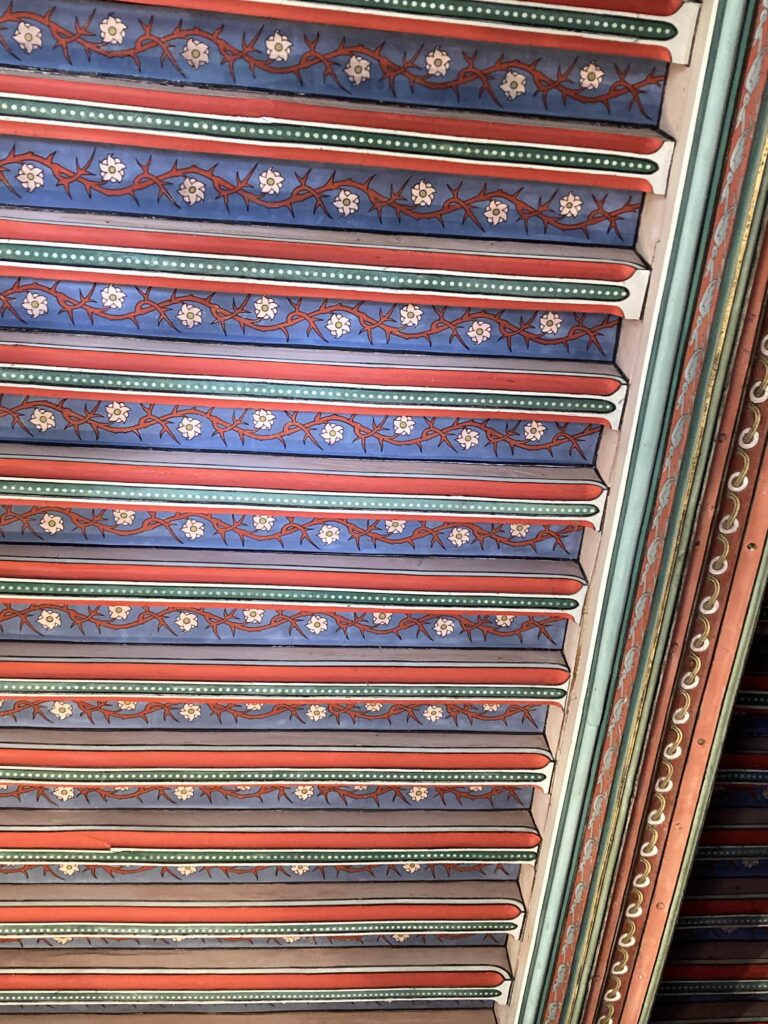
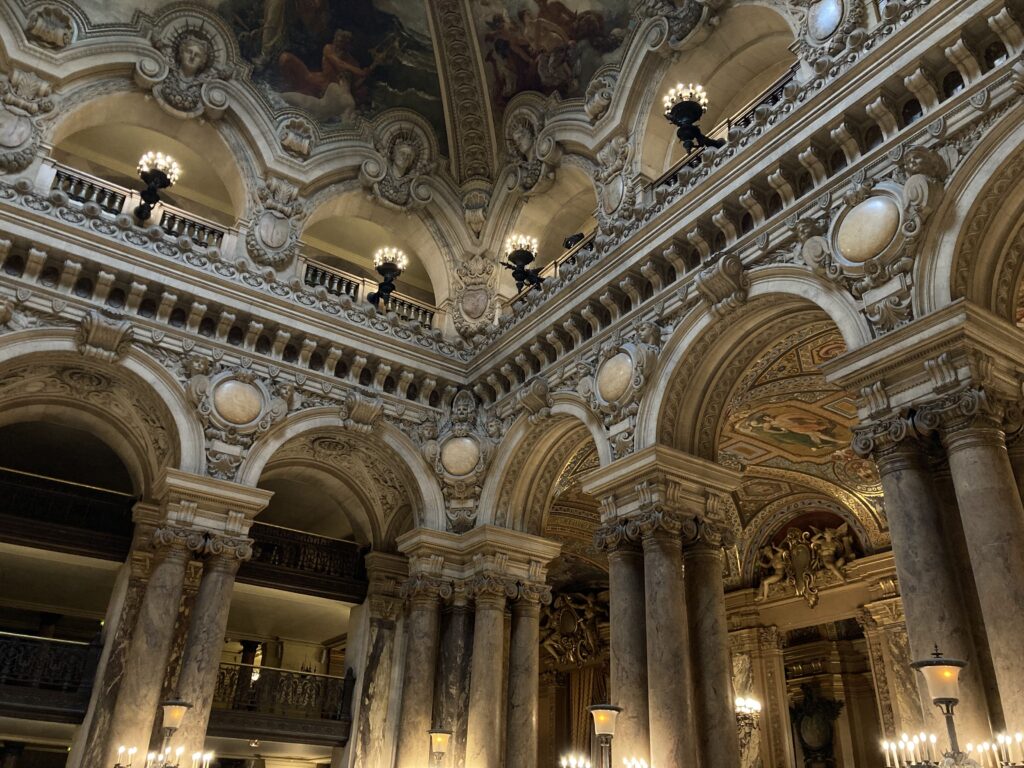
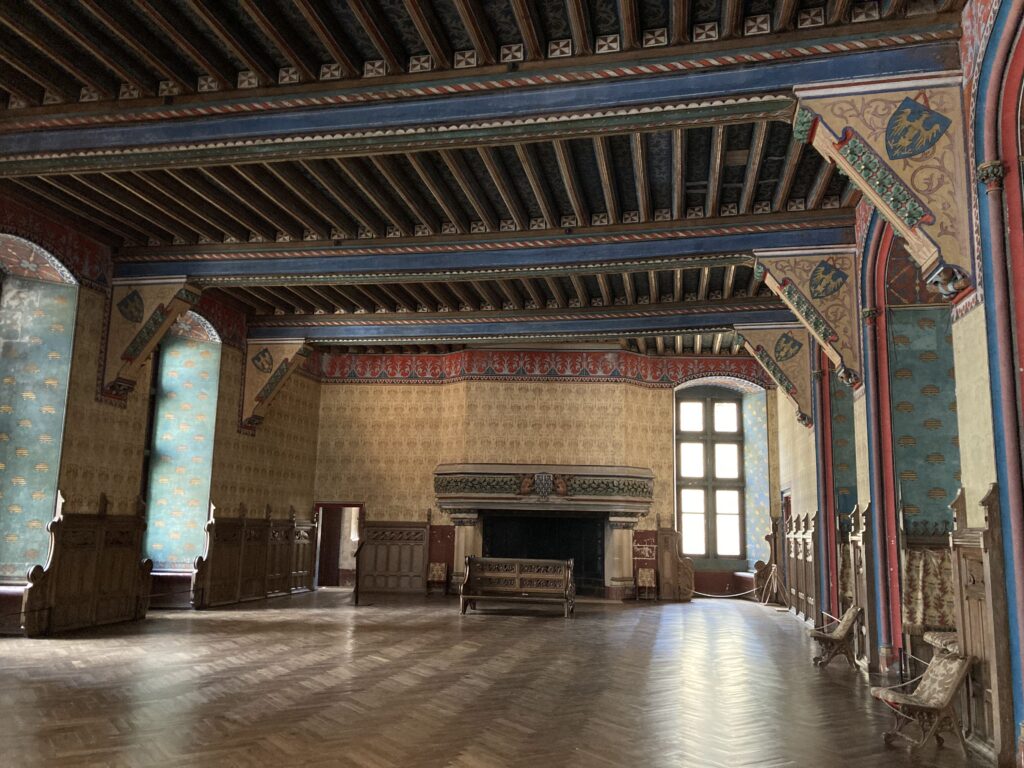
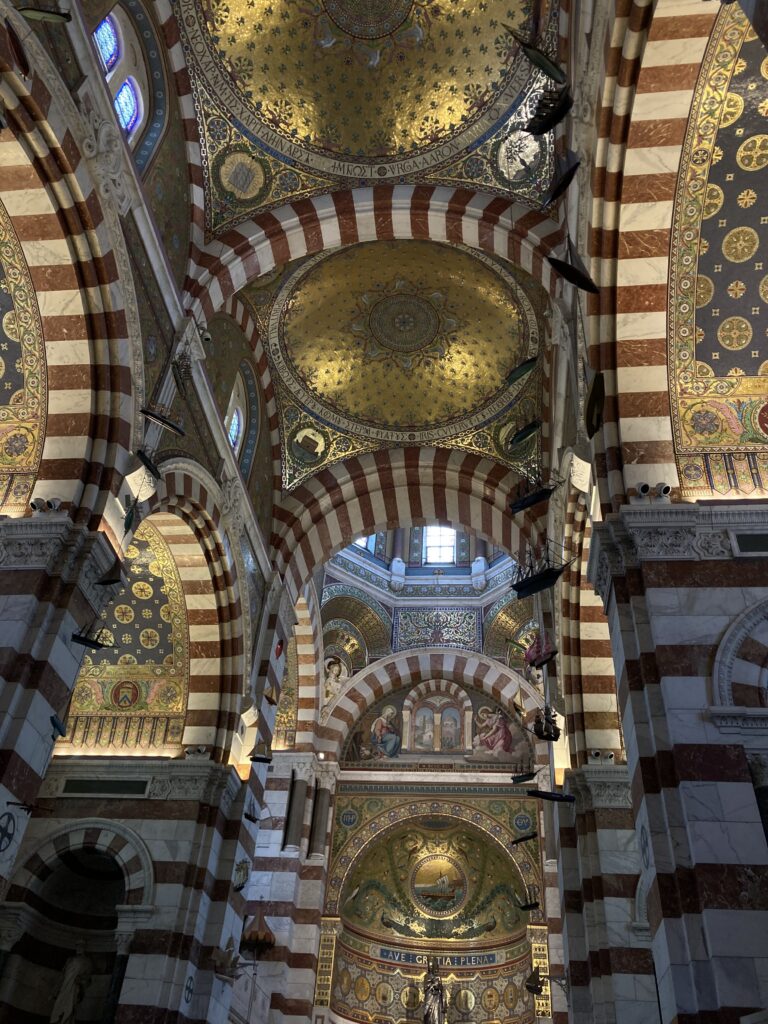
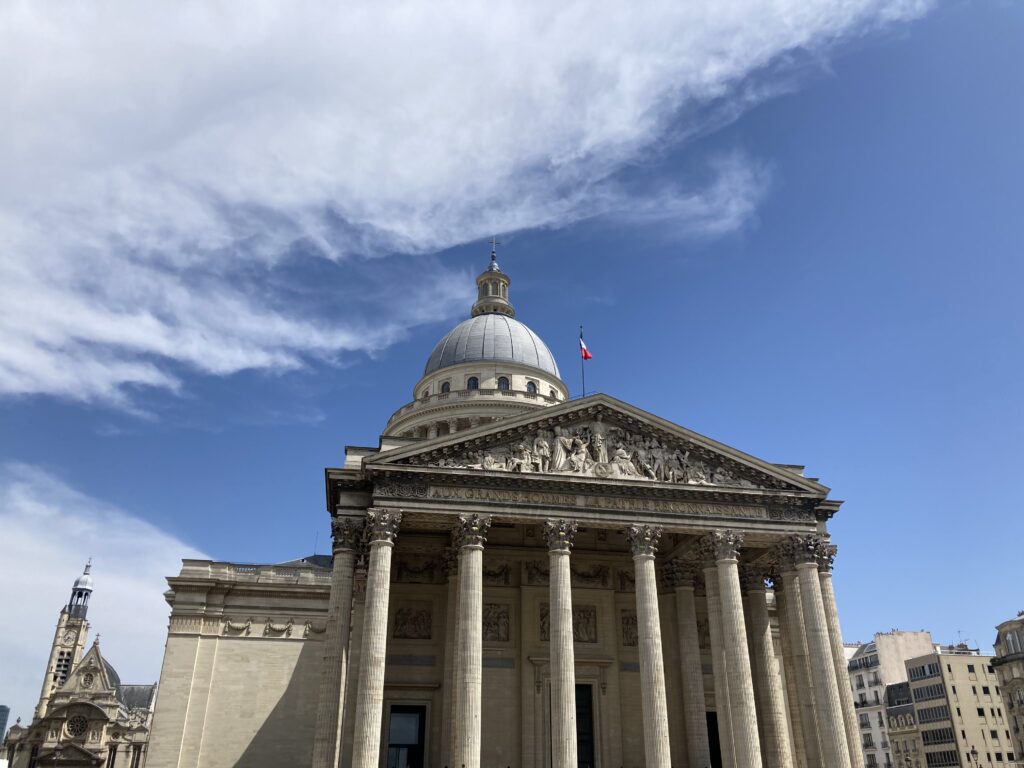
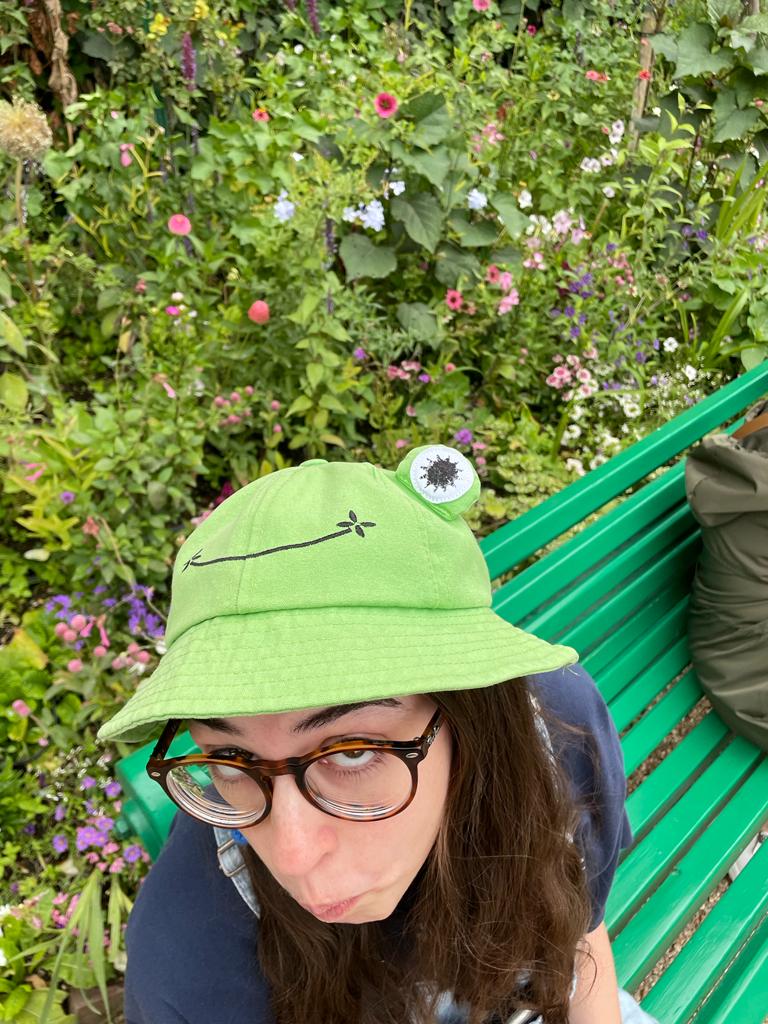
Picture Time!
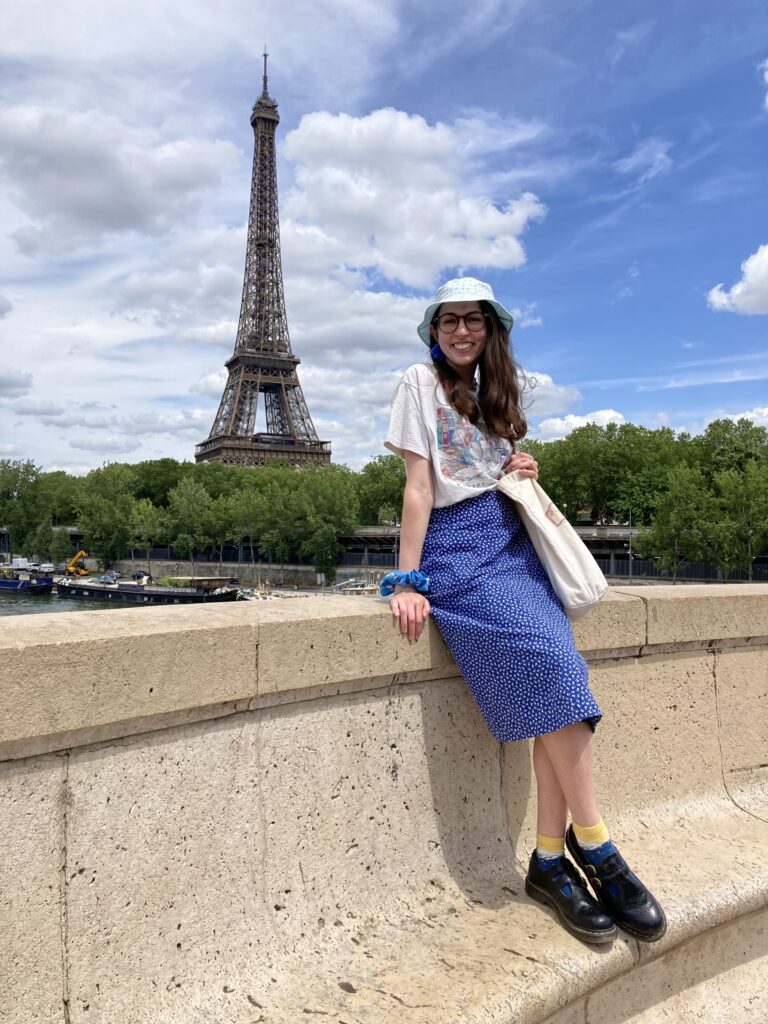


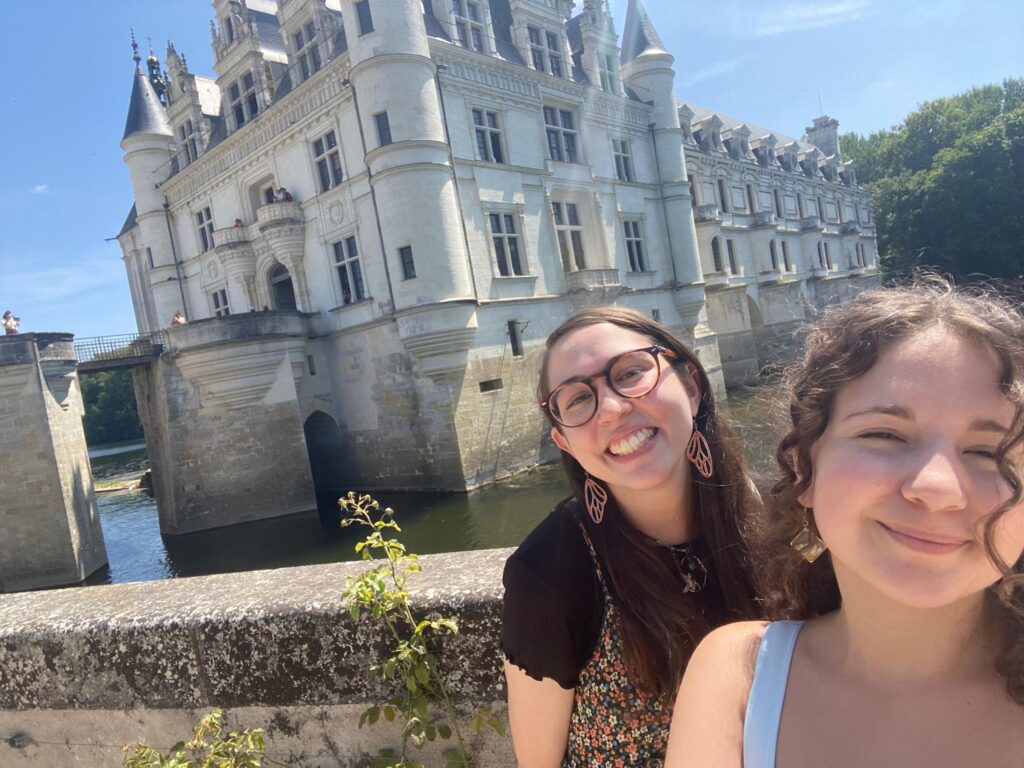
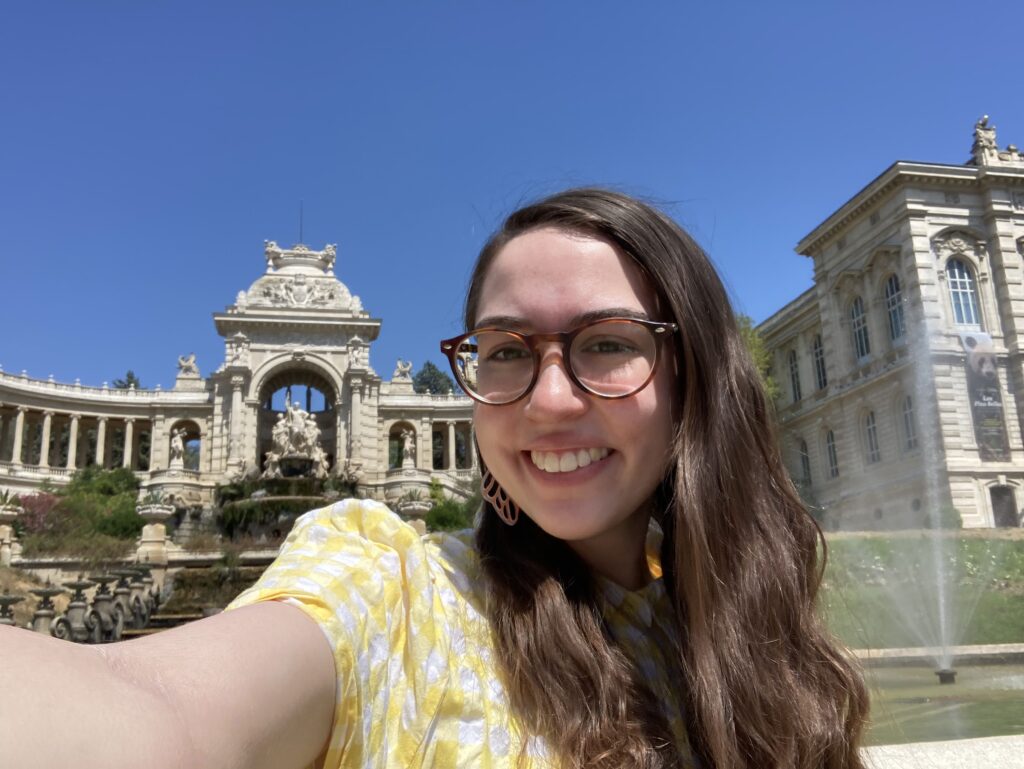
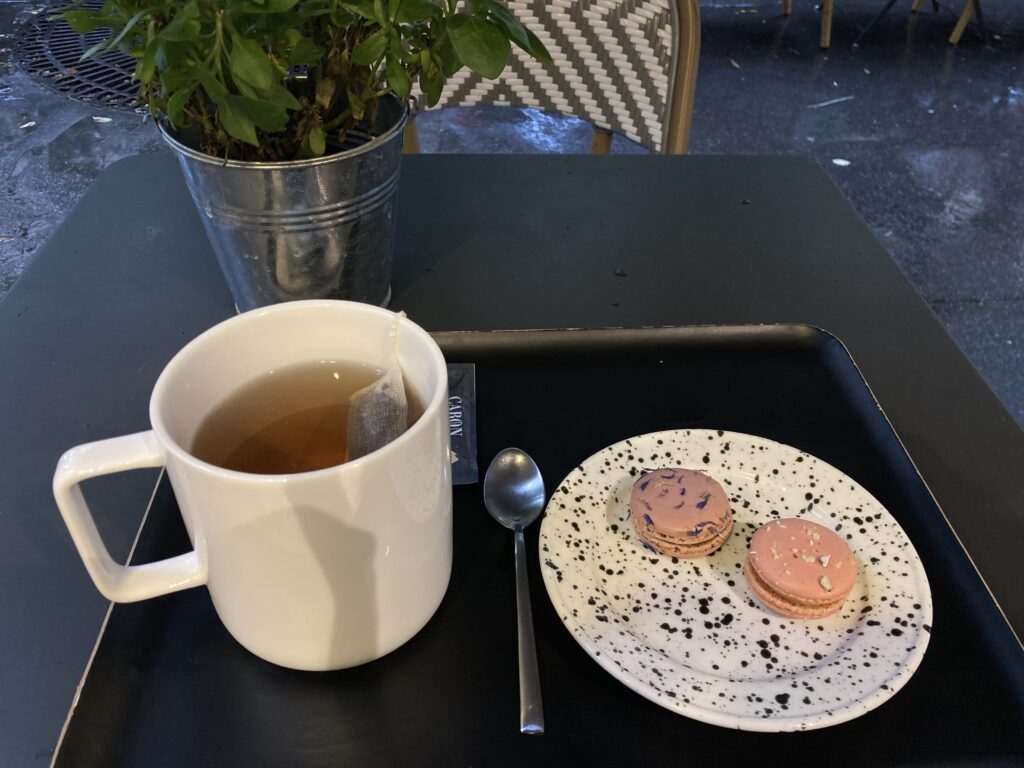
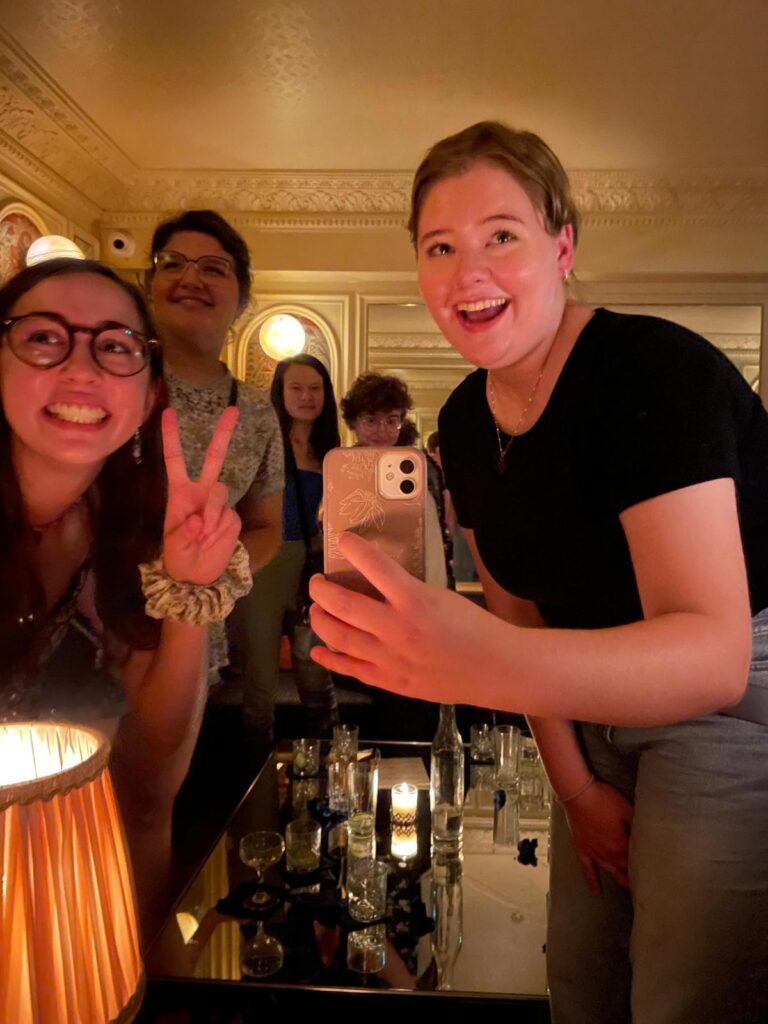
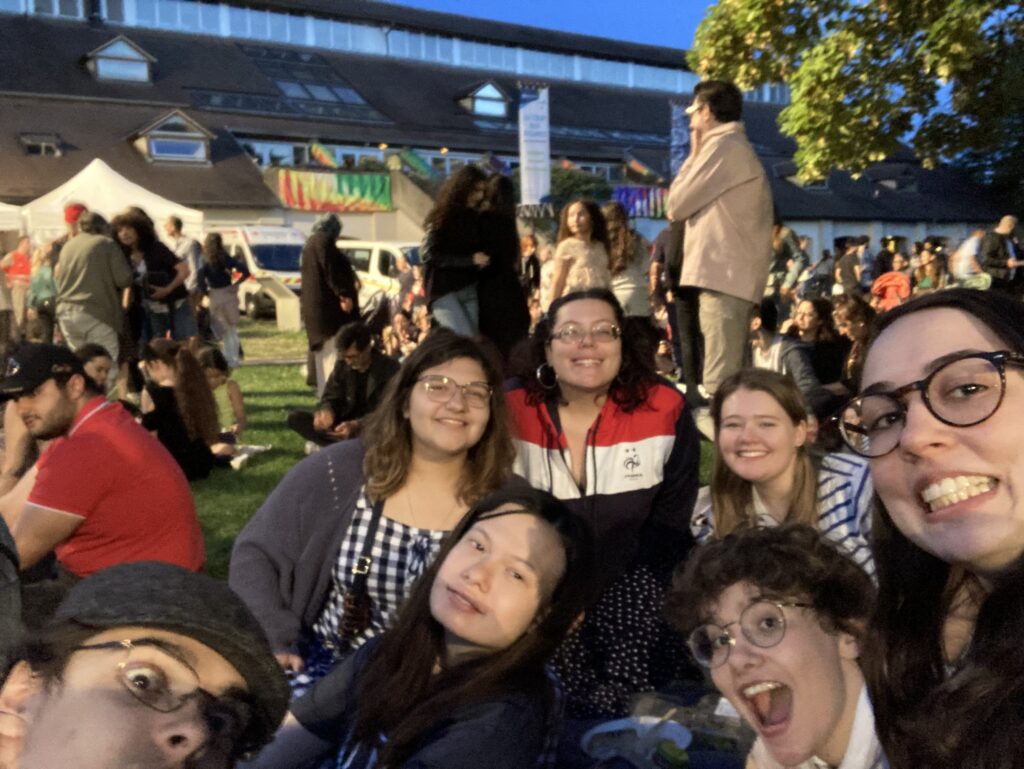
Max has two emotes: Upset and Mischievous. Down below is my evidence for this claim.



